Gastroesophageal Reflux Disease (GERD) is a chronic digestive disorder that affects millions of people worldwide. Characterized by frequent acid reflux and heartburn, GERD can significantly impact quality of life if left untreated. Understanding Gastroesophageal Reflux Disease (GERD) — its causes, symptoms, and treatment options — is crucial for effective management and long-term relief.
In this article, we’ll explore GERD causes, common GERD symptoms, available GERD treatment options, and effective prevention strategies, ensuring you have the comprehensive information needed to manage this condition.
What is Gastroesophageal Reflux Disease (GERD)?
Gastroesophageal Reflux Disease (GERD) occurs when stomach acid frequently flows back into the esophagus, irritating its lining. While occasional acid reflux is common, chronic acid reflux leading to persistent discomfort is classified as GERD. This condition can affect both GERD in adults and GERD in children, though symptoms may vary across age groups.
Understanding the difference between acid reflux vs GERD is important. Acid reflux is a symptom, while GERD is a chronic medical condition requiring a comprehensive management plan, including lifestyle adjustments and medical interventions.
GERD Causes: Why Does It Happen?
Several factors contribute to GERD causes, and understanding them is vital for both treatment and GERD prevention.
- Weak Lower Esophageal Sphincter (LES): A malfunctioning LES allows acid to escape from the stomach into the esophagus.
- Obesity: Excess body weight increases abdominal pressure, promoting reflux.
- Pregnancy: Hormonal changes and increased pressure on the abdomen can trigger GERD.
- Smoking: Tobacco weakens the LES and stimulates acid production.
- Certain Medications: Drugs like aspirin, ibuprofen, and muscle relaxants can exacerbate acid reflux.
Identifying personal GERD causes helps tailor effective treatment strategies, including avoiding specific triggers and implementing lifestyle changes for GERD.
Recognizing GERD Symptoms

Prompt recognition of GERD symptoms ensures early diagnosis and treatment. Common symptoms include:
- Persistent heartburn relief not achieved with over-the-counter remedies
- Regurgitation of food or sour liquid
- Difficulty swallowing
- Chest pain, especially while lying down
- Chronic cough, laryngitis, or new or worsening asthma
GERD symptoms can also vary between GERD in adults and GERD in children, making accurate evaluation crucial. Children may experience vomiting, failure to thrive, or irritability after feeding.
GERD Diagnosis: How is GERD Identified?
Proper GERD diagnosis is essential to rule out other conditions. Healthcare providers may use several tests:
- Endoscopy: Examines the esophagus for inflammation or damage.
- pH Monitoring: Measures acid levels in the esophagus.
- Esophageal Manometry: Tests the strength and coordination of esophageal muscles.
Early GERD diagnosis prevents the development of GERD complications like esophagitis, esophageal stricture, or Barrett’s esophagus.
GERD Treatment Options
Effective GERD treatment often involves a combination of lifestyle modifications, medication, and sometimes surgical intervention.
Lifestyle Changes for GERD
Incorporating lifestyle changes for GERD can significantly reduce symptoms:
- Maintain a healthy weight
- Avoid trigger foods such as spicy, fatty, or acidic items
- Eat smaller, more frequent meals
- Elevate the head of your bed to prevent nighttime reflux
- Quit smoking and limit alcohol intake
These acid reflux remedies play a key role in symptom control and long-term management.
GERD Medications
Several GERD medications are available:
- Antacids: Neutralize stomach acid for quick heartburn relief.
- H2 Receptor Blockers: Reduce acid production.
- Proton Pump Inhibitors (PPIs): Heal the esophageal lining and significantly decrease acid production.
Doctors will recommend GERD medications based on the severity and frequency of symptoms.
GERD Surgery Options
When lifestyle changes and medications fail, GERD surgery options may be considered:
- Fundoplication: Tightens the LES to prevent reflux.
- LINX Device Implantation: A ring of magnetic beads reinforces the LES.
Choosing the right GERD surgery options depends on individual cases and should be discussed with a healthcare provider.
Natural Remedies and Diet for GERD
Many patients seek GERD natural remedies to complement medical treatments. Herbal options like ginger, chamomile tea, and aloe vera juice may offer additional acid reflux remedies.
Following a GERD diet is crucial:
- Focus on the best foods for GERD, such as oatmeal, bananas, lean proteins, and green vegetables.
- Avoid caffeine, chocolate, spicy foods, and citrus fruits.
Combining a proper GERD diet with GERD natural remedies can lead to significant symptom improvement.
Complications of Untreated GERD
Ignoring Gastroesophageal Reflux Disease (GERD) can lead to severe GERD complications, including:
- Esophagitis: Inflammation that can lead to bleeding or ulcers
- Esophageal Stricture: Narrowing of the esophagus causing swallowing difficulties
- Barrett’s Esophagus: A precancerous condition requiring regular monitoring
- Respiratory Issues: Chronic cough, asthma exacerbation, or pneumonia
Timely GERD treatment and GERD prevention strategies are crucial to avoid such health risks.
GERD and Sleep Issues
One overlooked aspect of Gastroesophageal Reflux Disease (GERD) is its impact on sleep. Many patients report nighttime acid reflux leading to disturbed sleep patterns.
Effective management includes:
- Sleeping on the left side
- Elevating the bed head by 6–8 inches
- Avoiding late-night meals
Addressing GERD and sleep issues greatly improves quality of life and supports overall health.
Preventing Gastroesophageal Reflux Disease (GERD)
Taking steps towards GERD prevention is essential, especially for those with risk factors:
- Adopt a GERD-friendly diet
- Maintain an ideal body weight
- Implement effective lifestyle changes for GERD
- Use appropriate acid reflux remedies when symptoms first appear
By prioritizing GERD prevention, you can reduce your chances of developing chronic acid reflux and related complications.
Final Thoughts
Gastroesophageal Reflux Disease (GERD) is a manageable condition with the right approach. By understanding the GERD causes, recognizing GERD symptoms early, and adopting appropriate GERD treatment strategies, you can control this chronic disorder and live comfortably. Whether through GERD medications, lifestyle changes for GERD, or considering GERD surgery options when necessary, individualized care is the key to success.
If you experience frequent acid reflux, seek professional evaluation for accurate GERD diagnosis and start your journey towards long-lasting heartburn relief and improved health.
Also Read: Common GI Disorders and How to Prevent Them
Your Journey to Better Health Begins Here — Get in Touch.

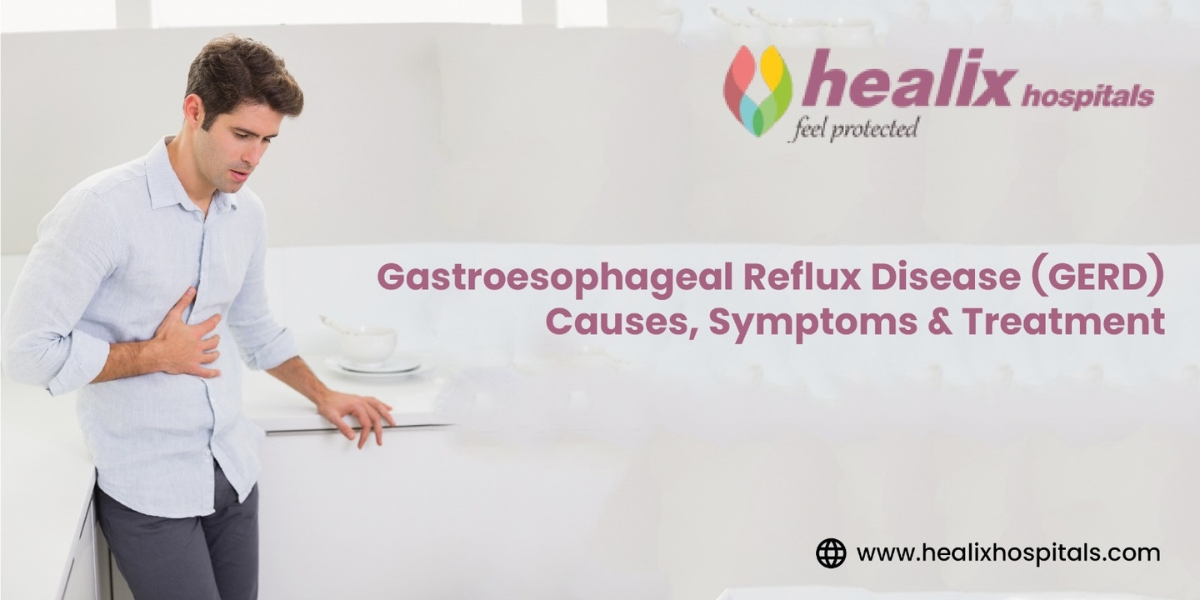







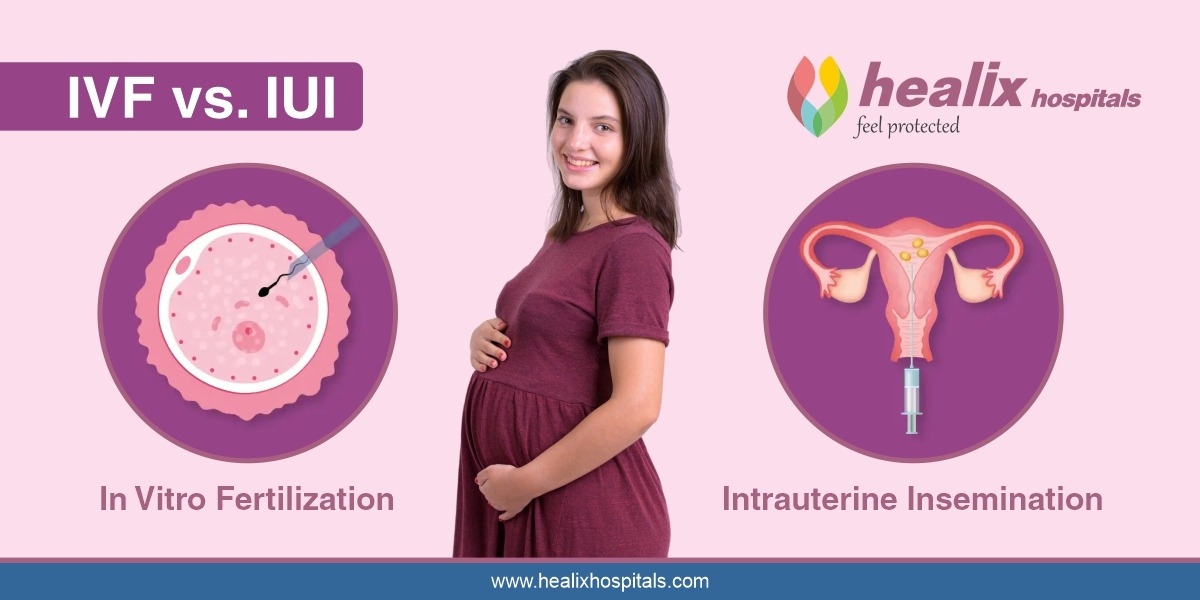

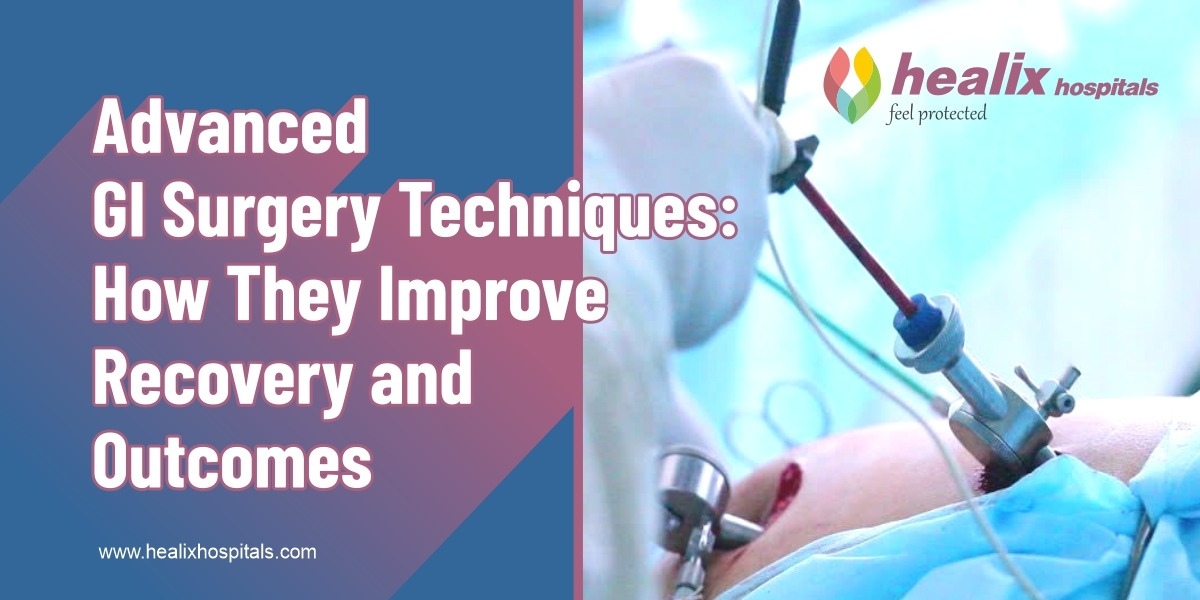


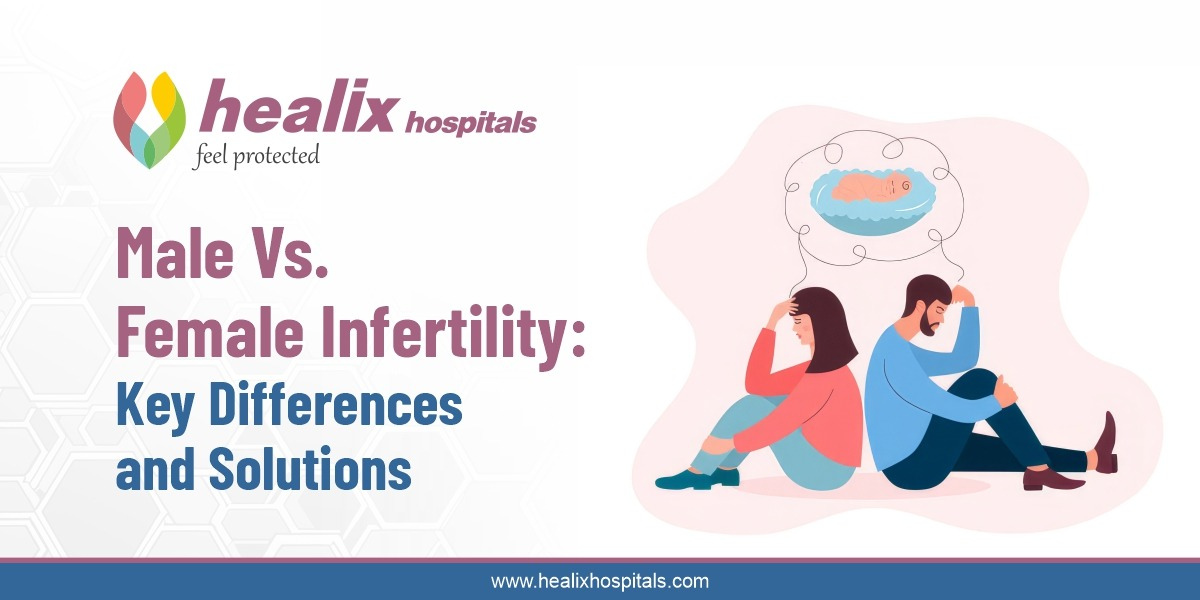








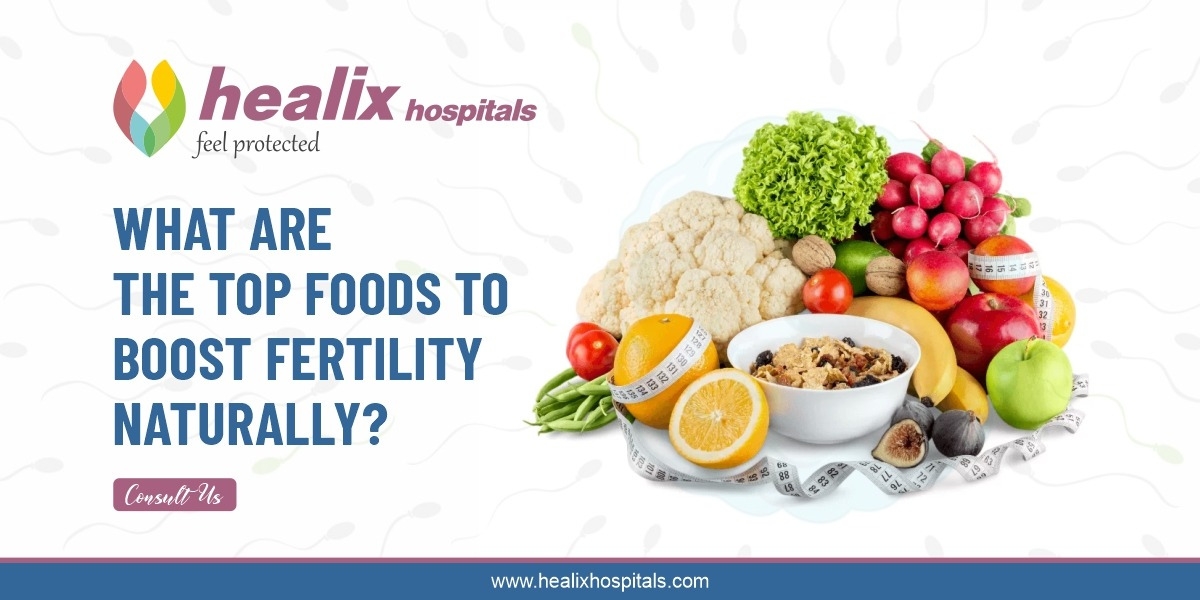



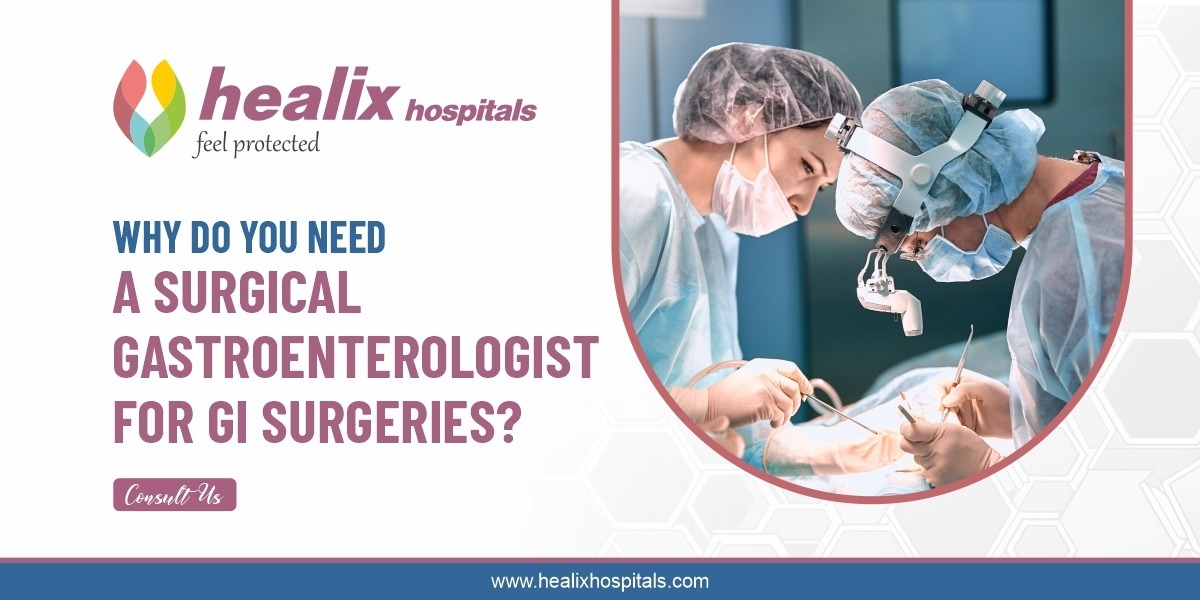


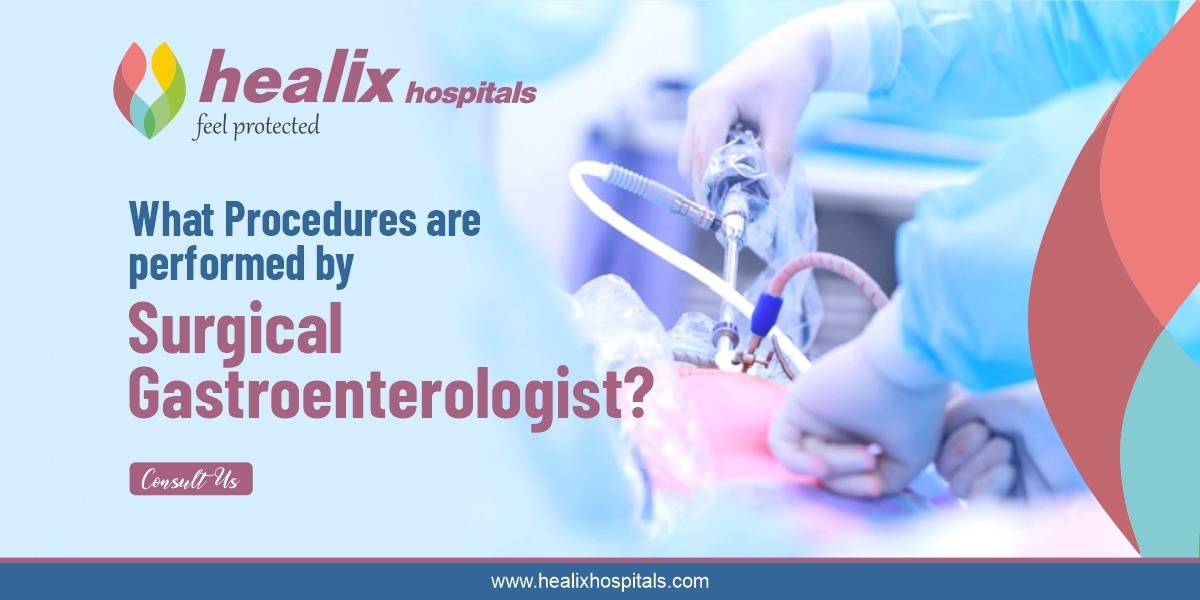










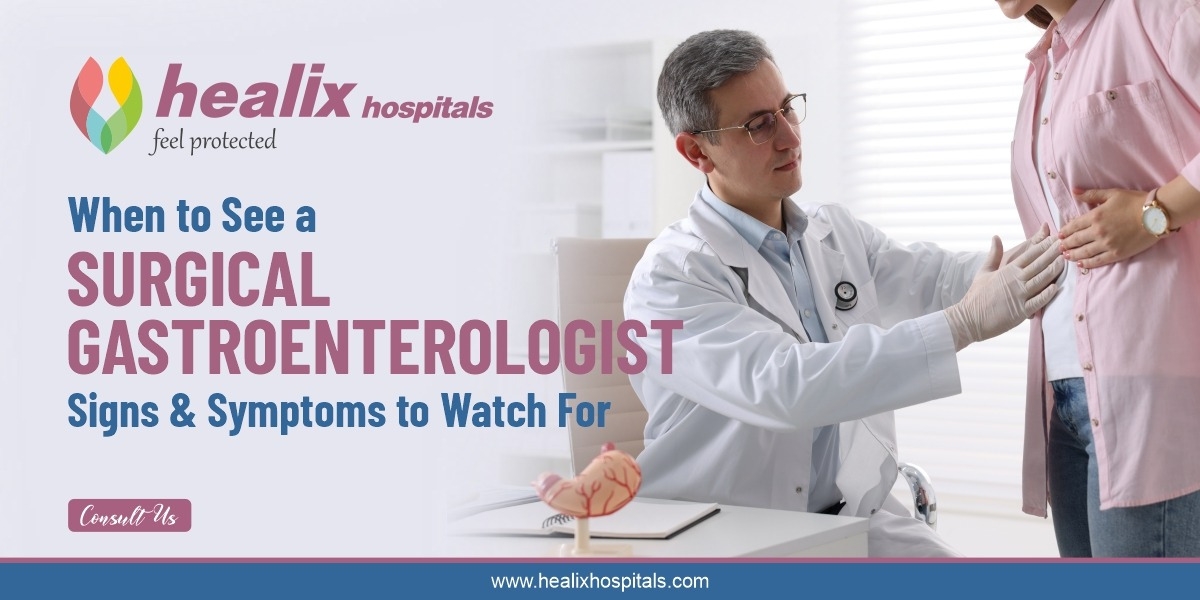













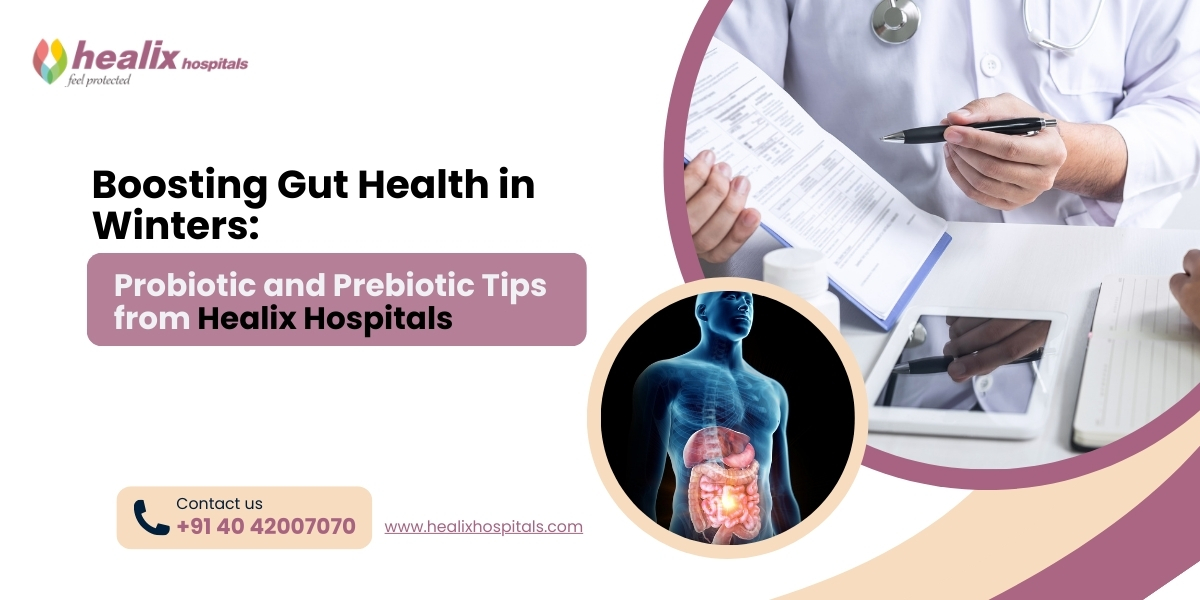


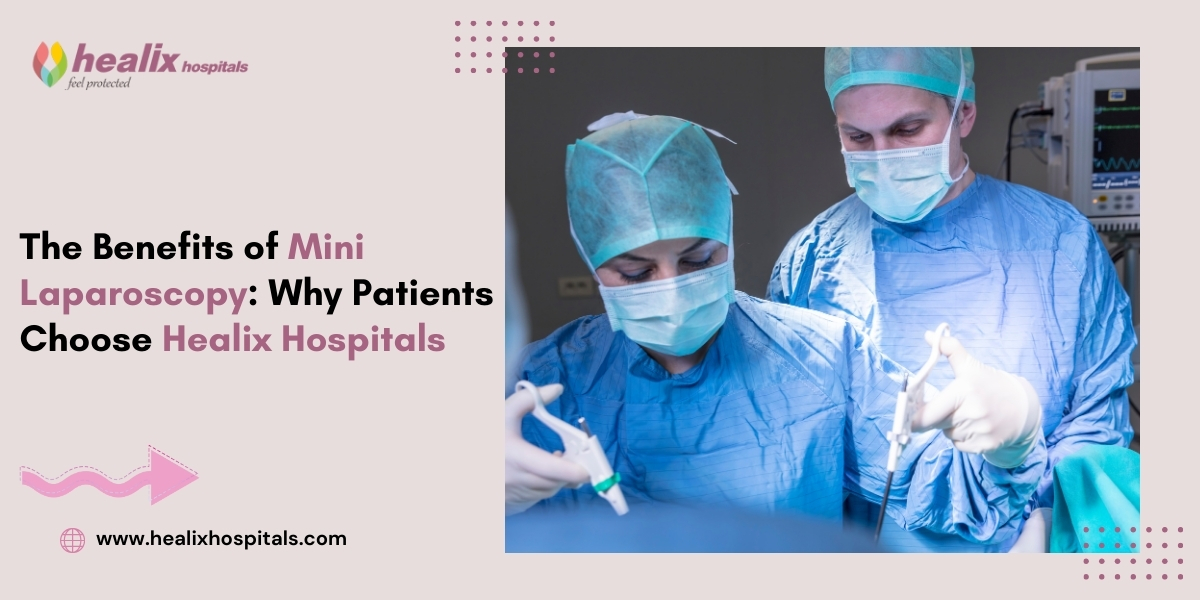


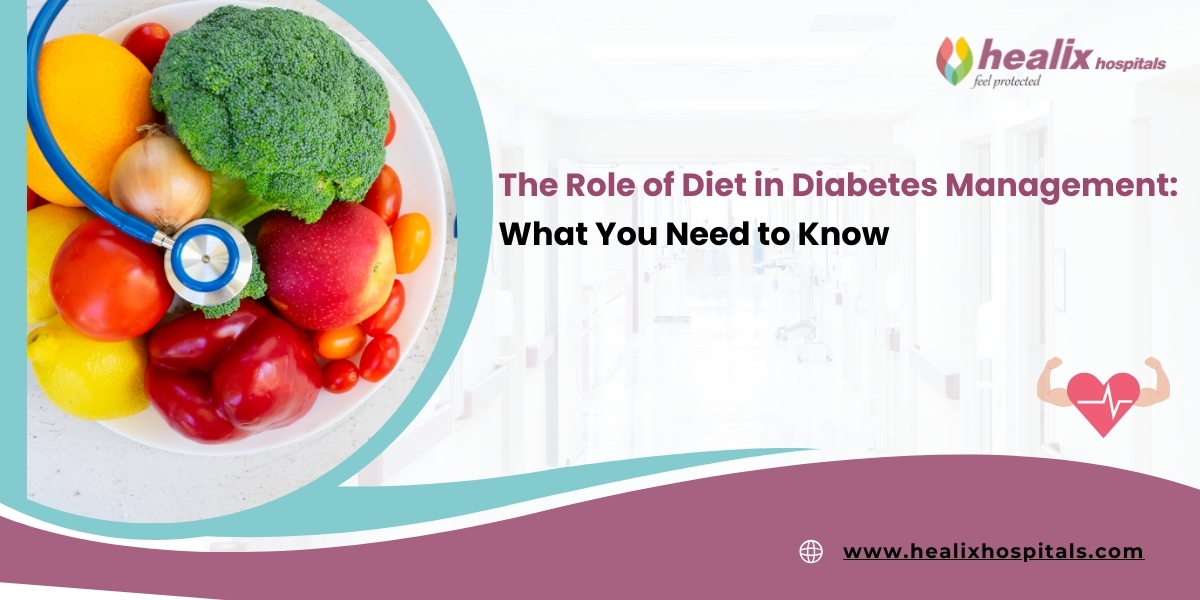


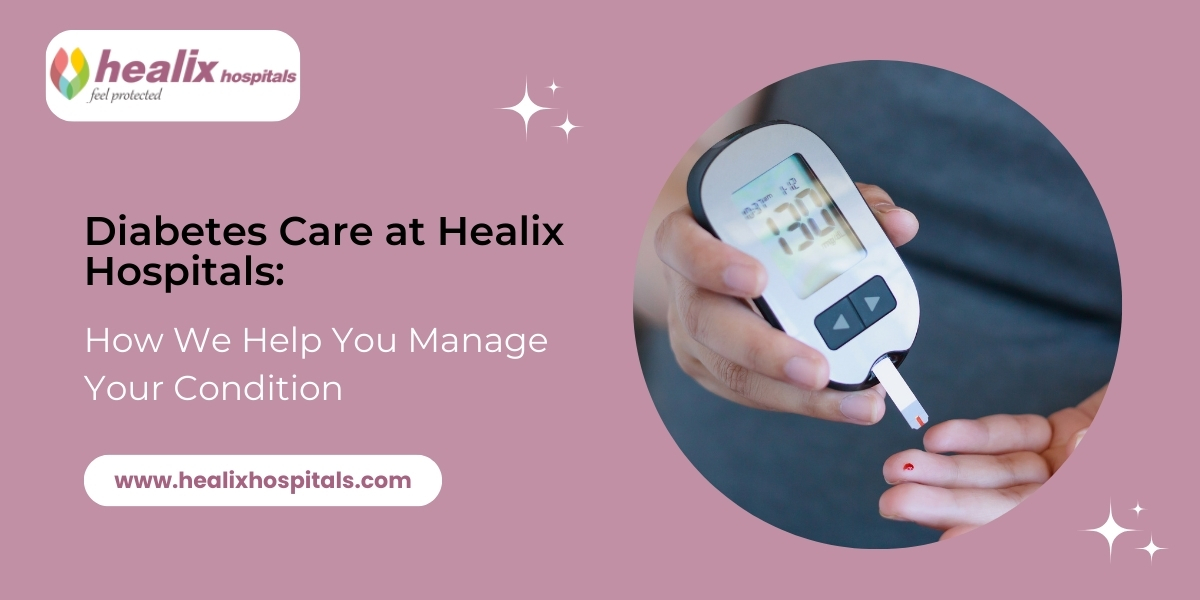



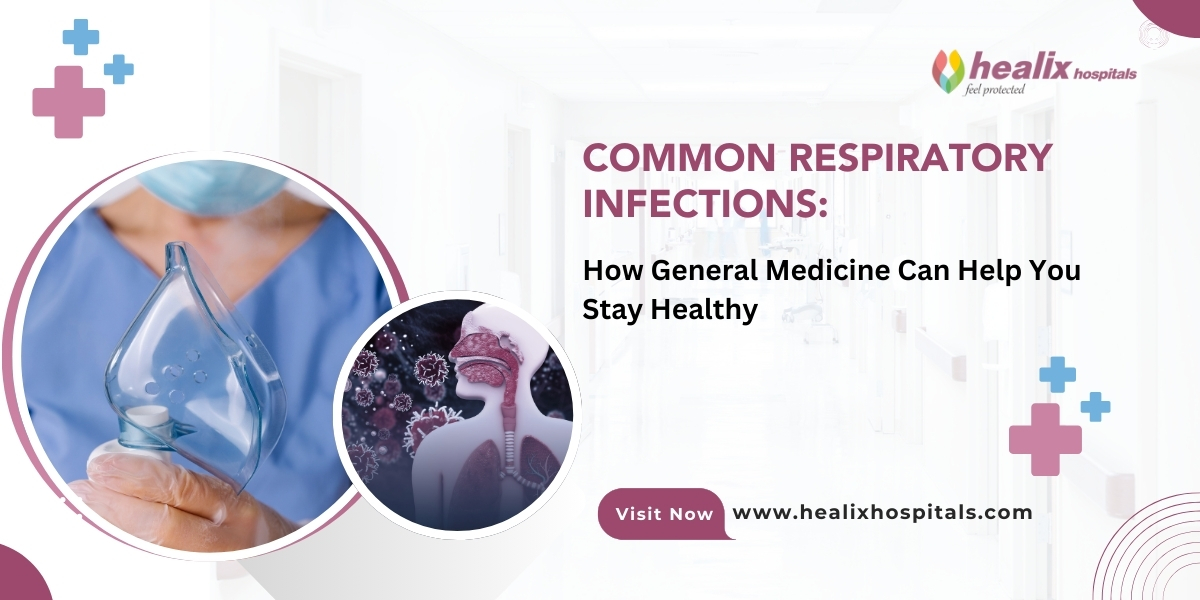




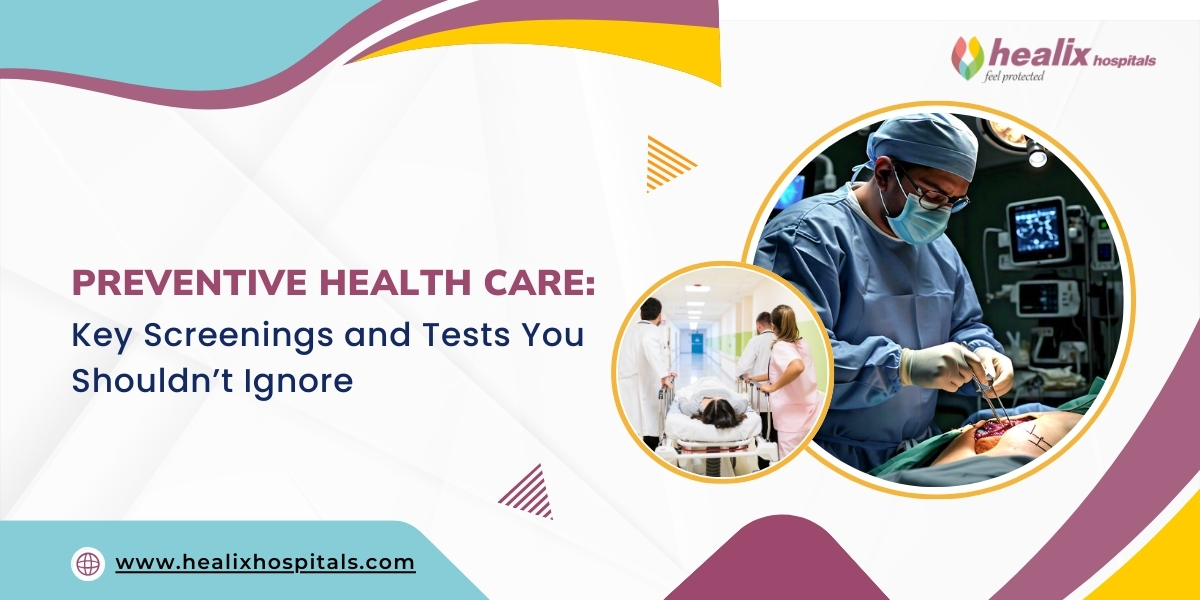
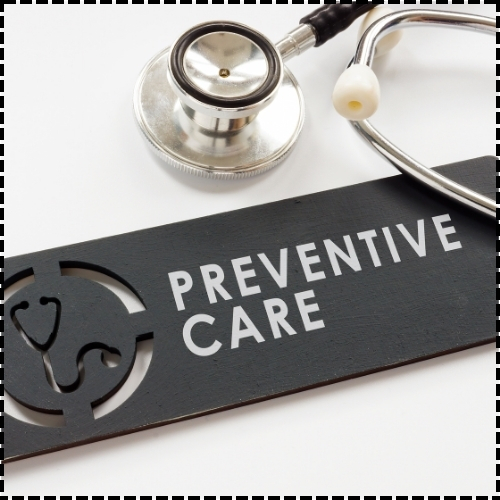


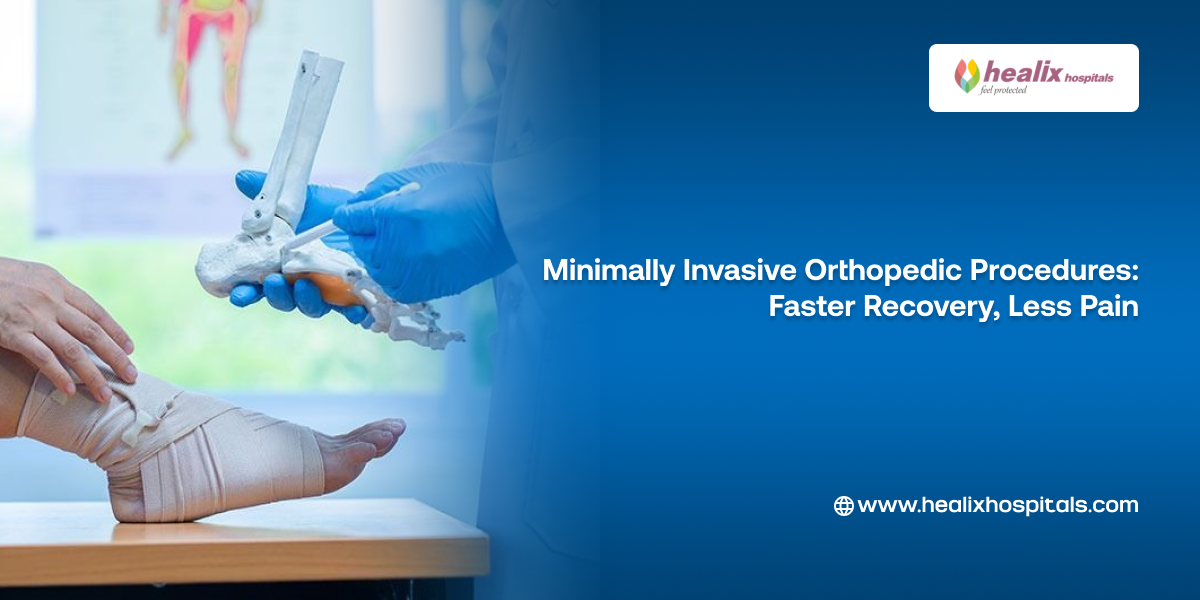




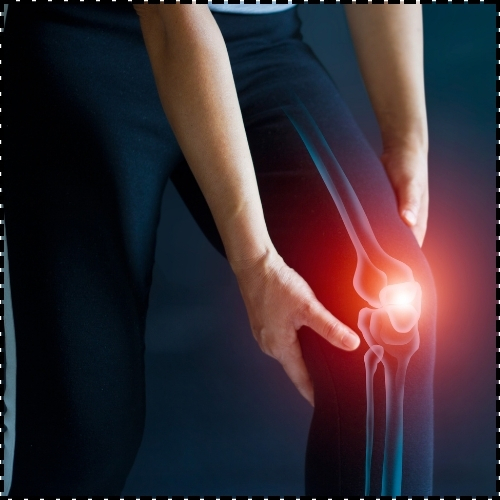
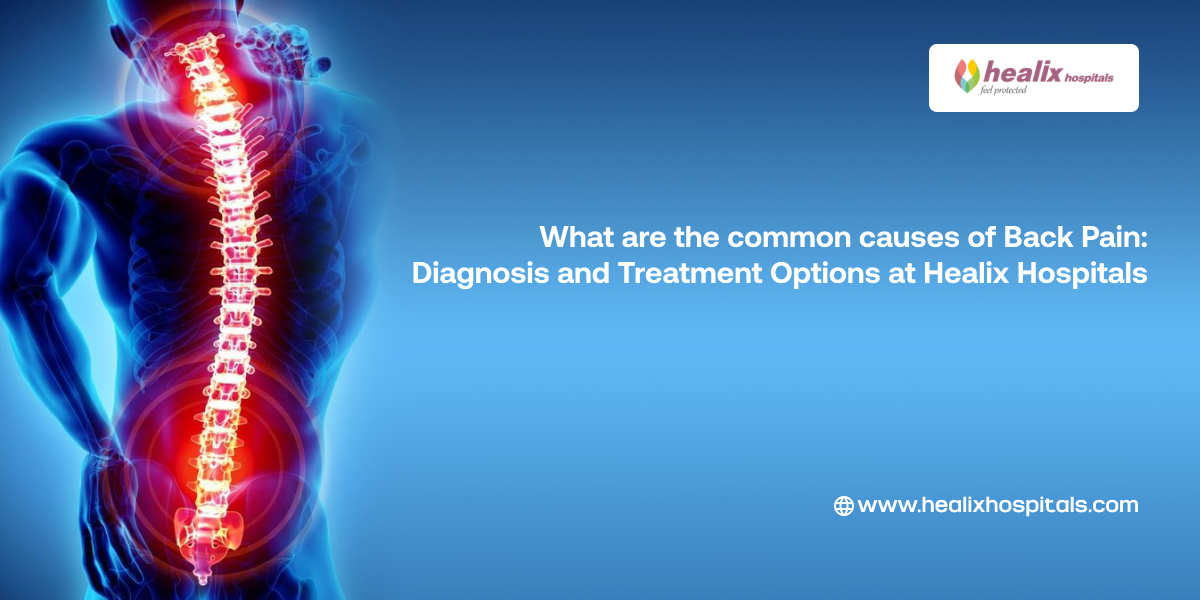







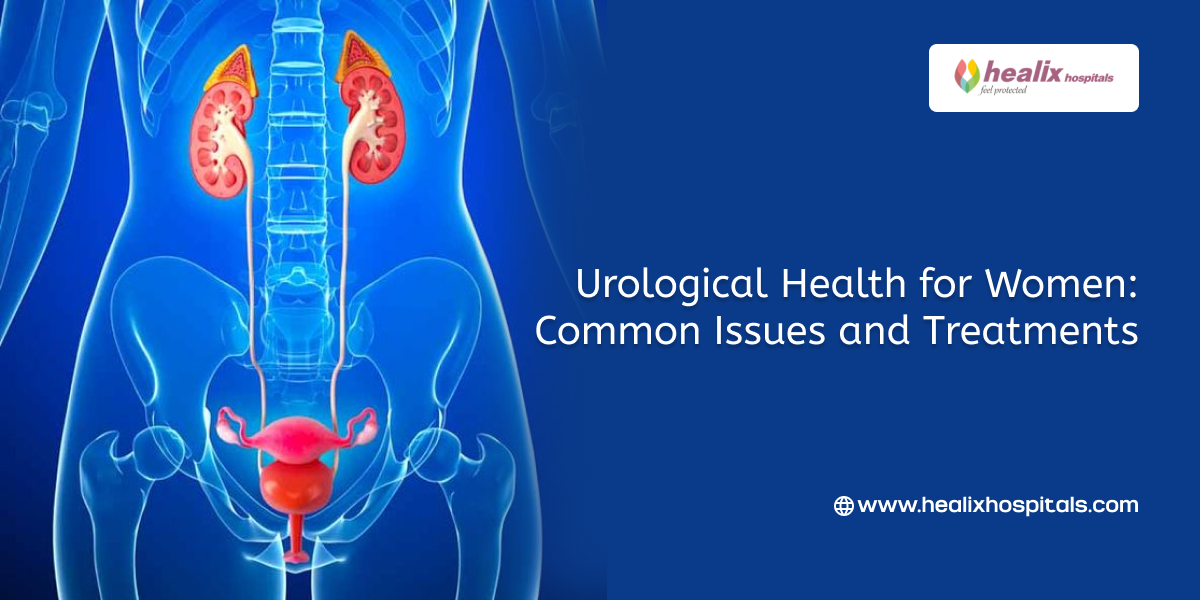

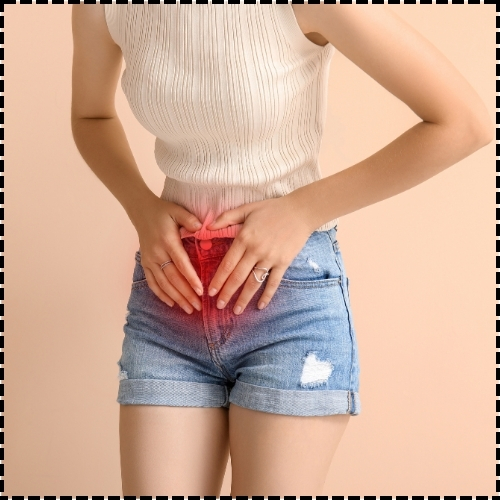

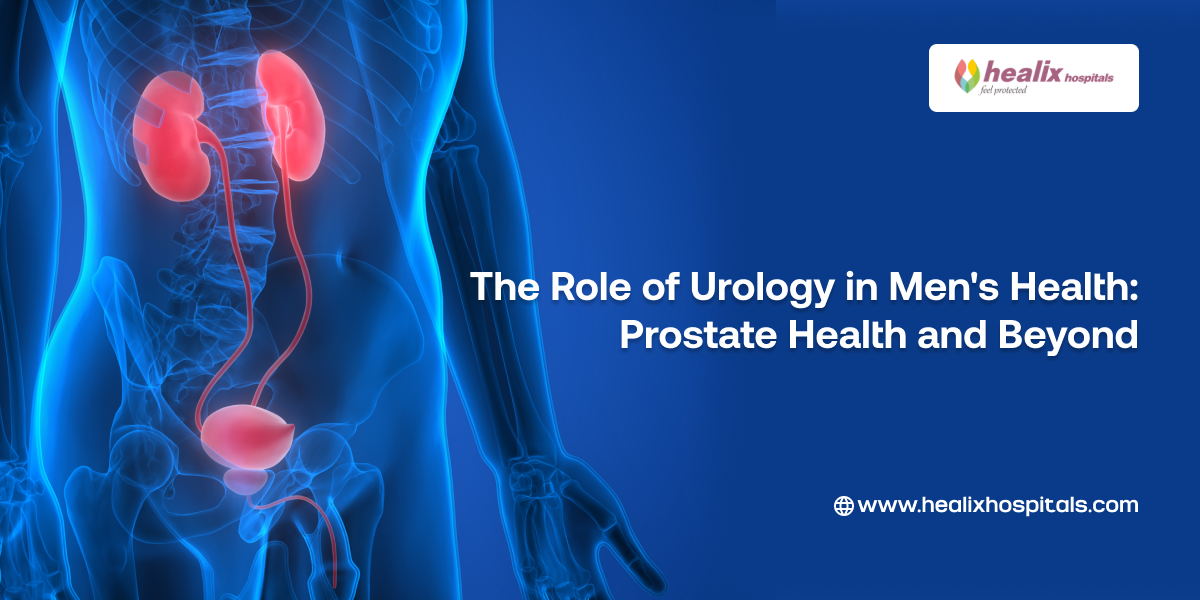



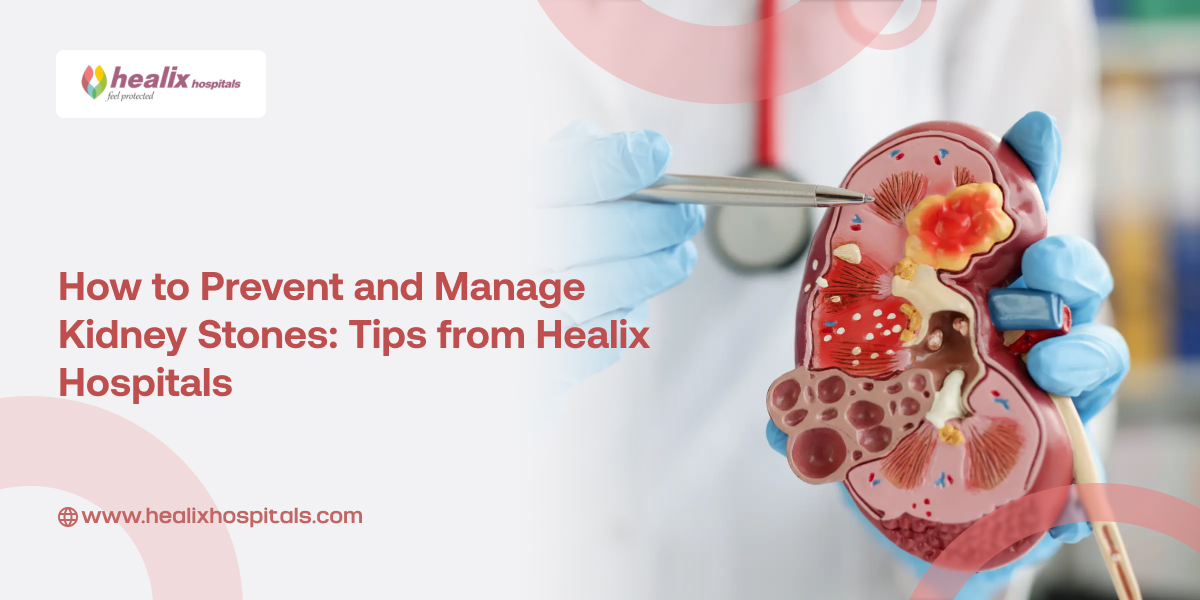
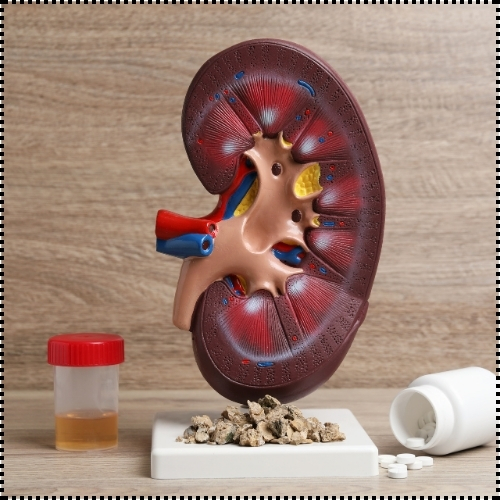


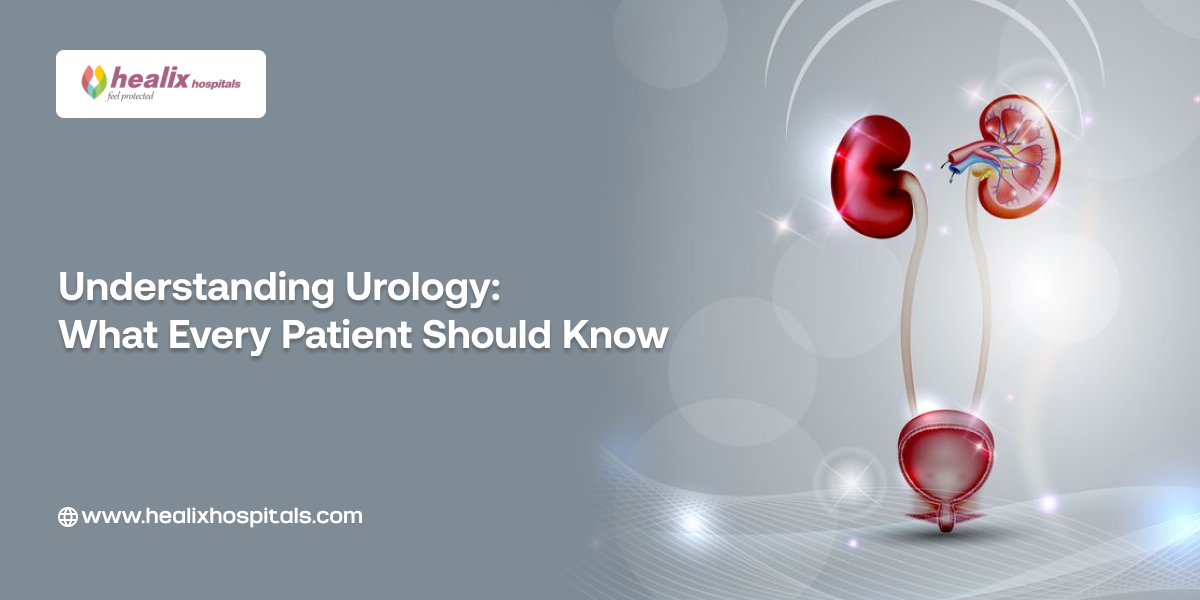




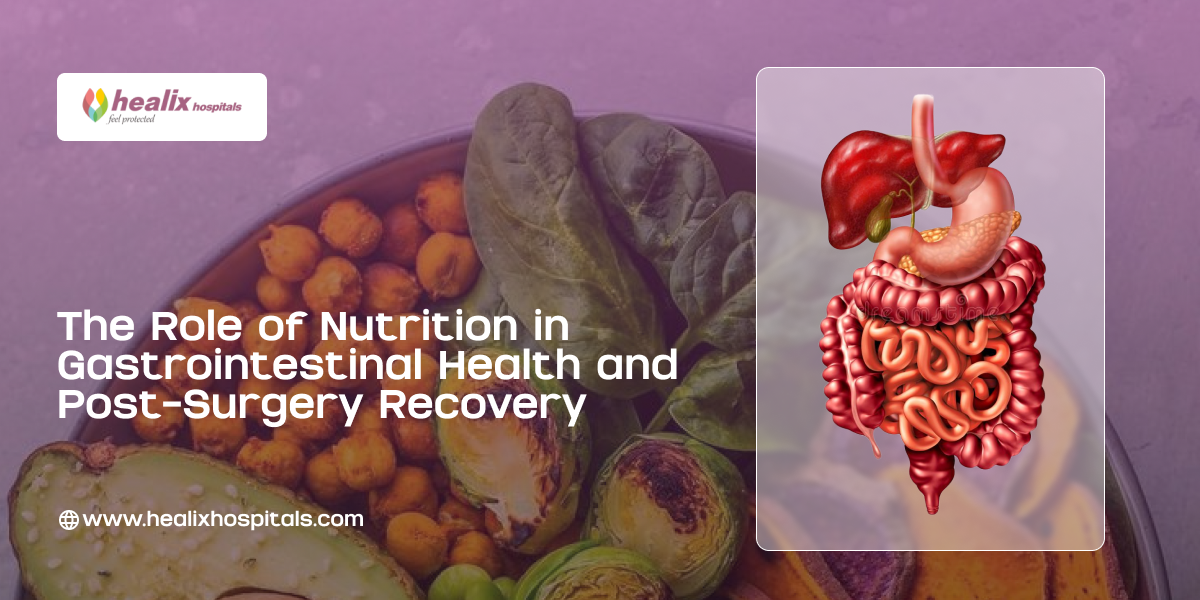



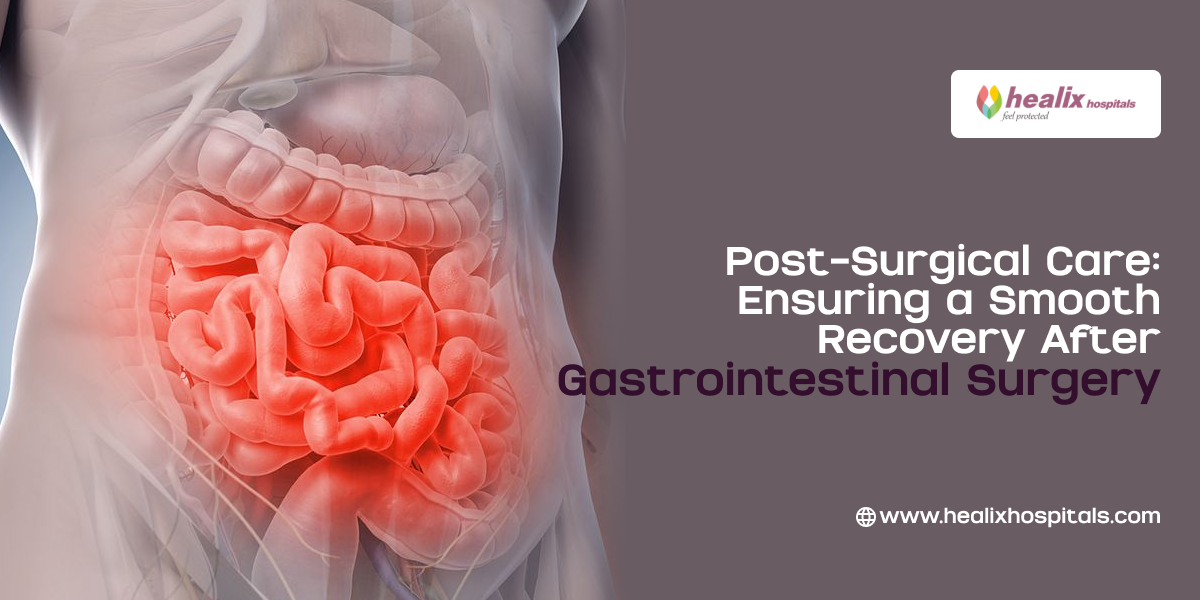























































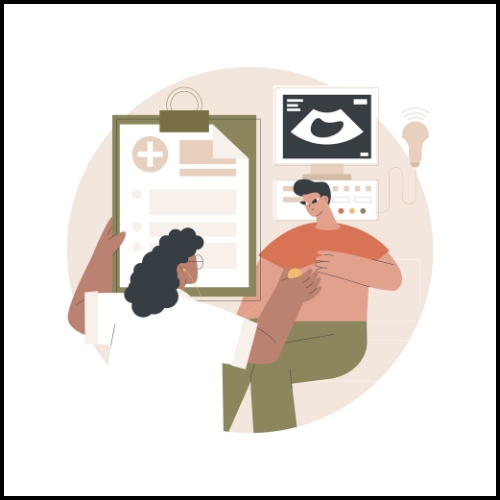






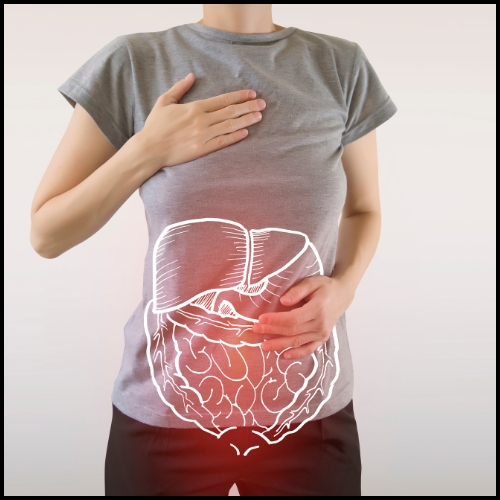













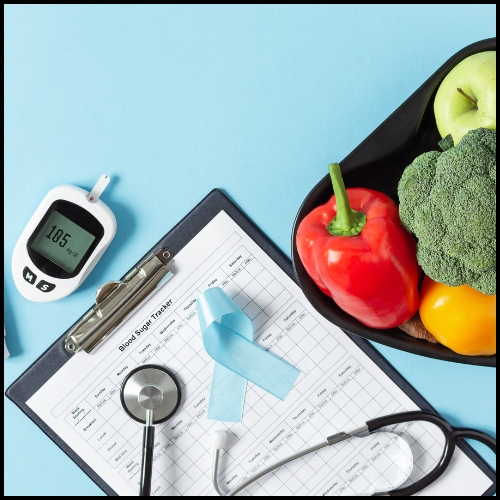

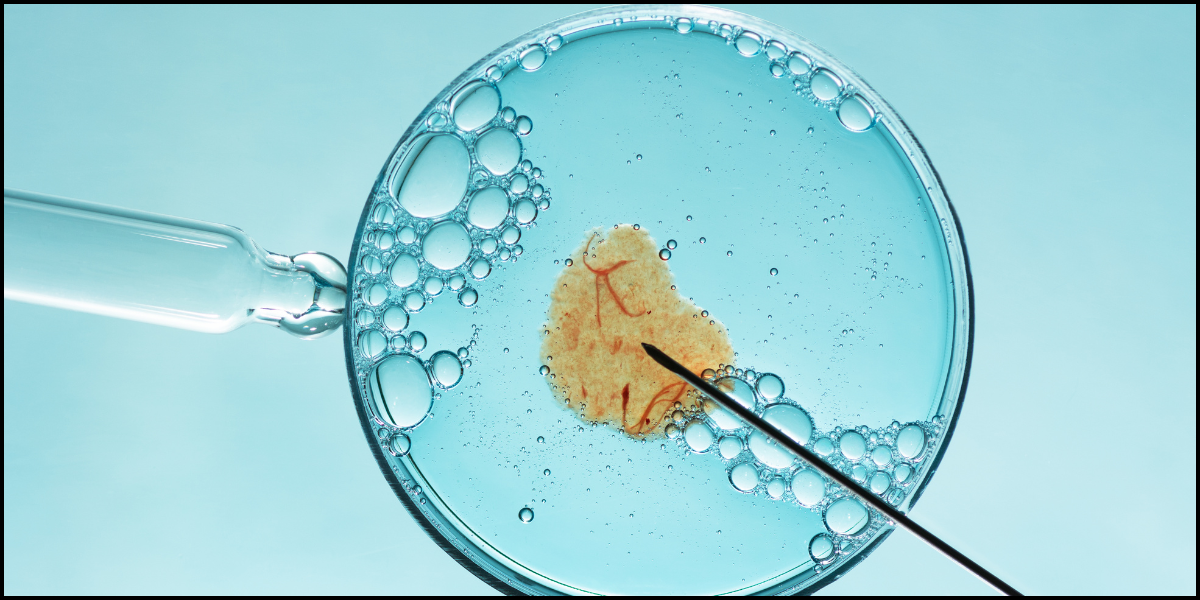
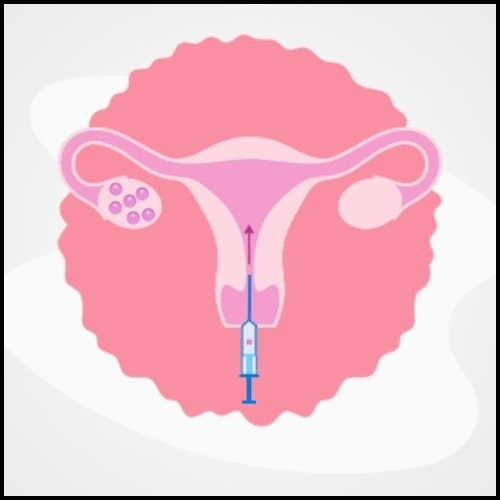
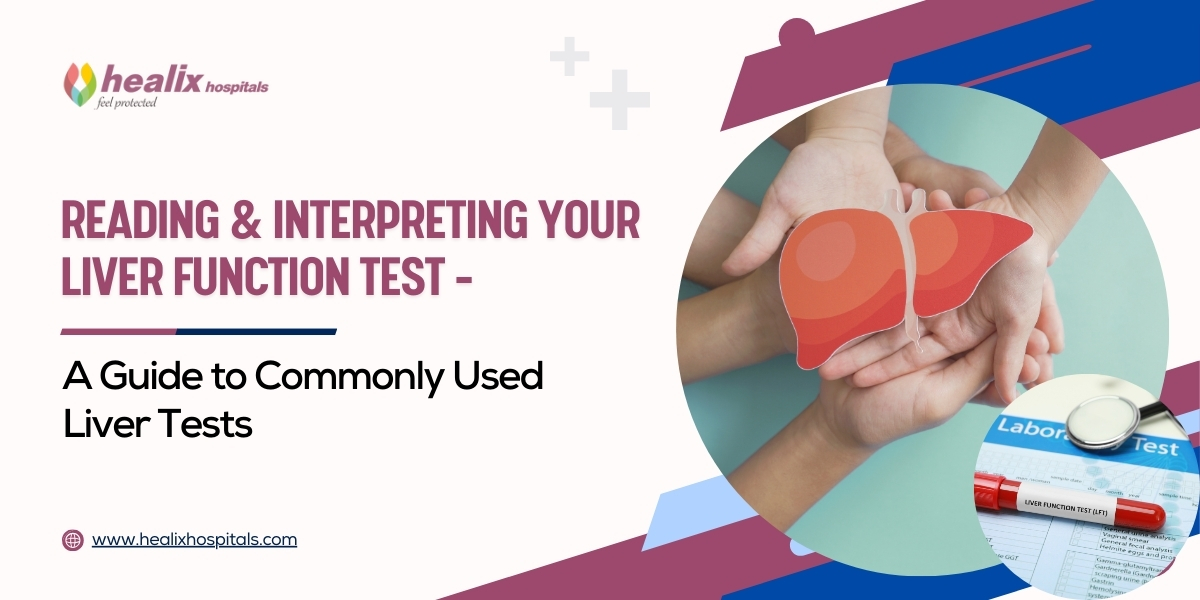



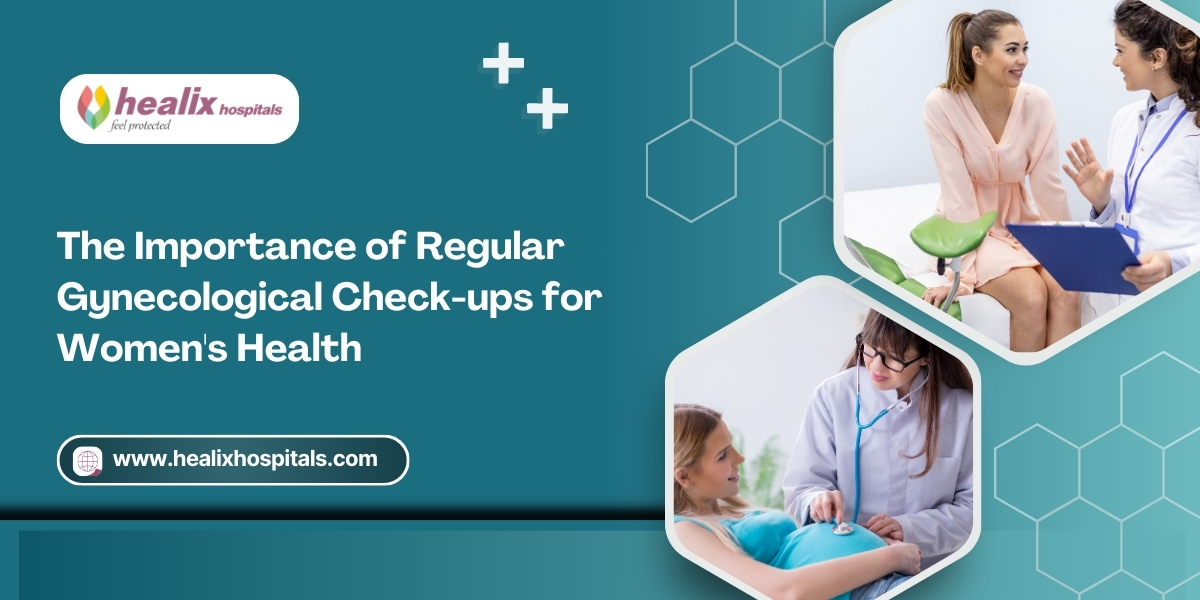

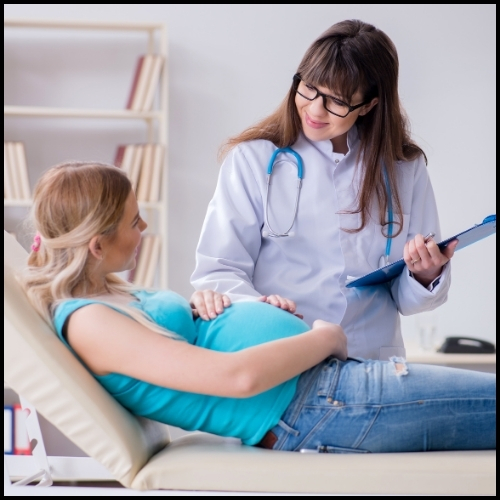




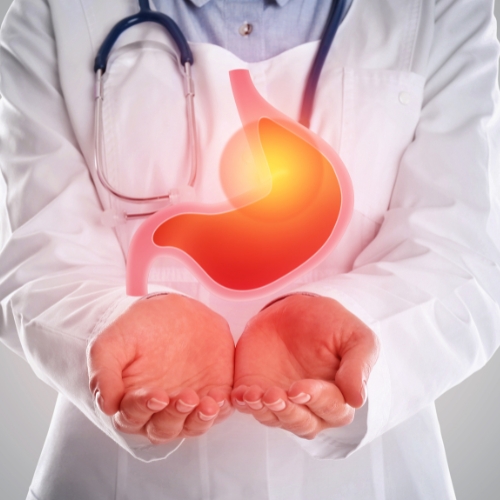
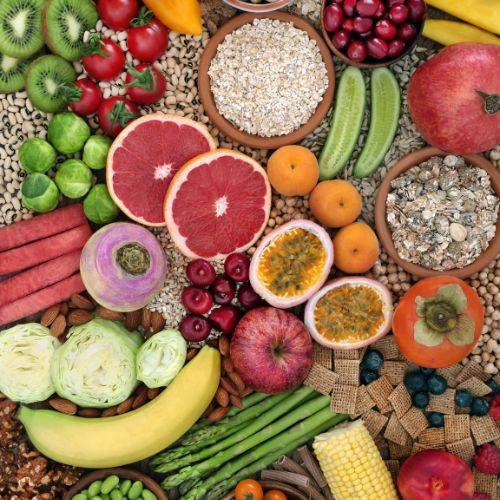
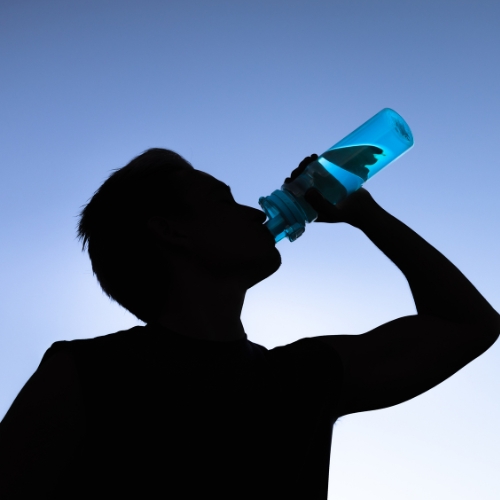
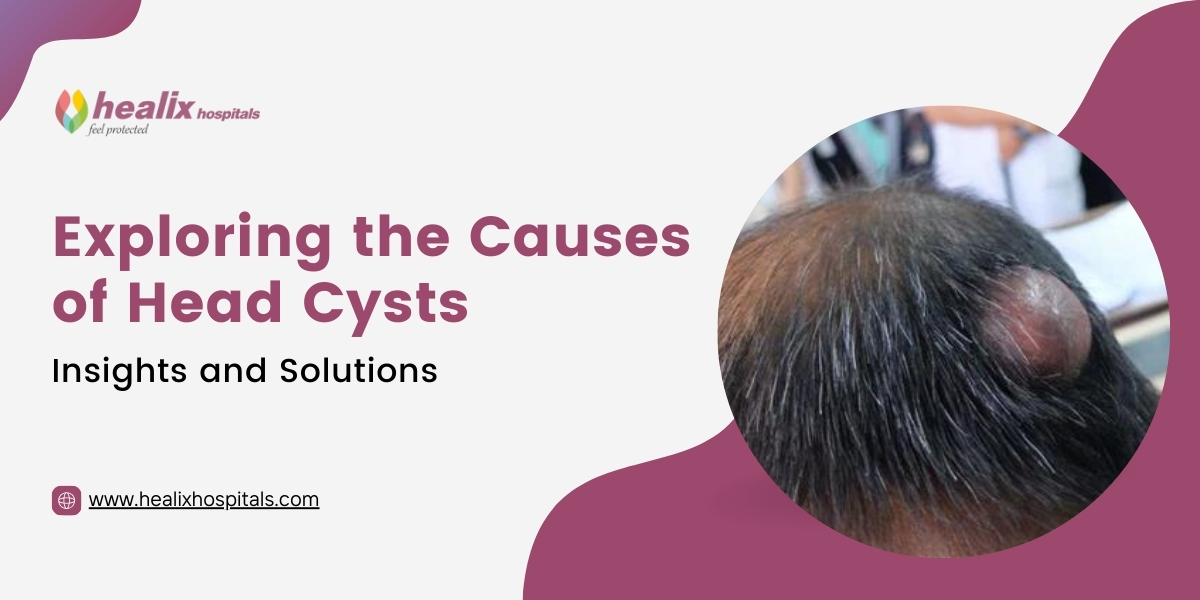

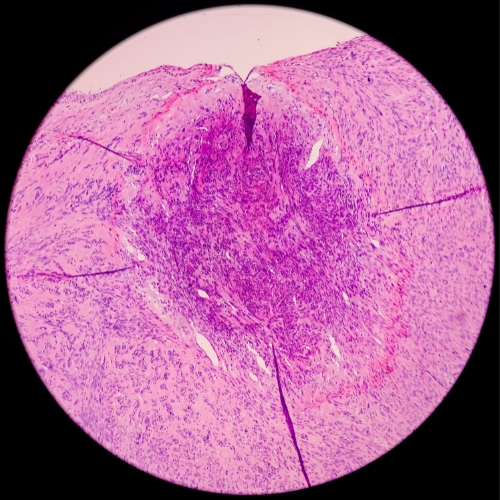


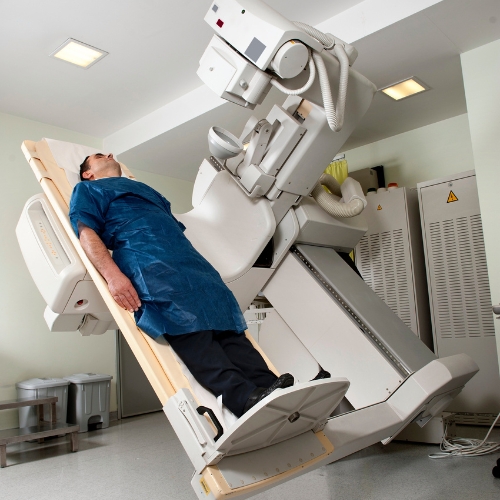

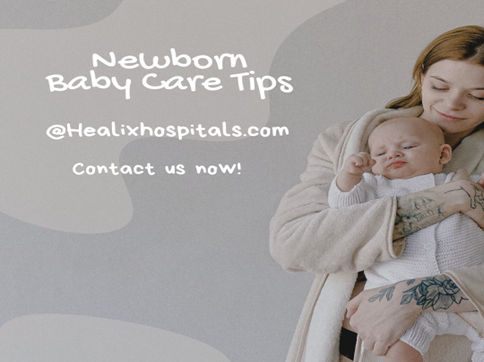
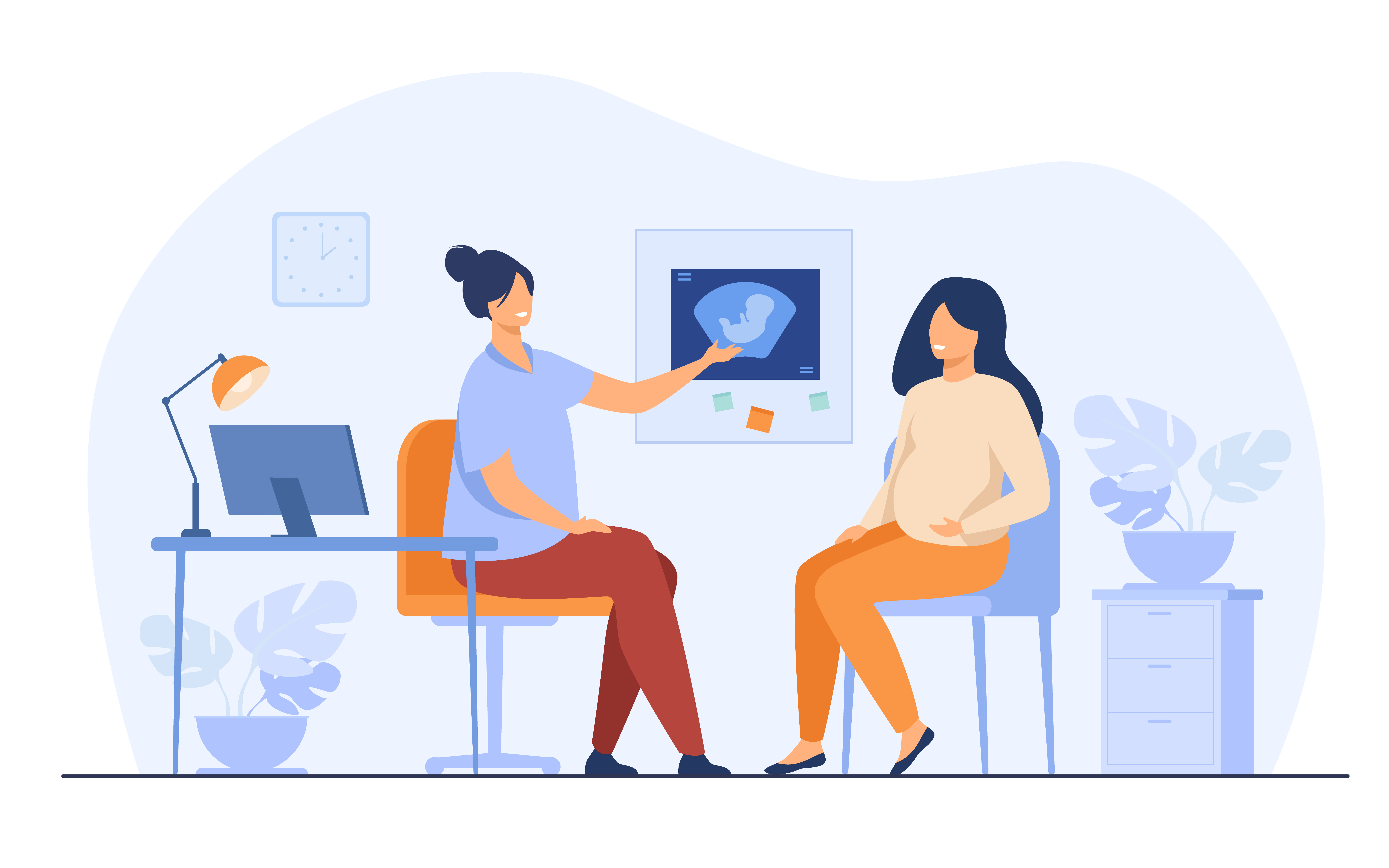
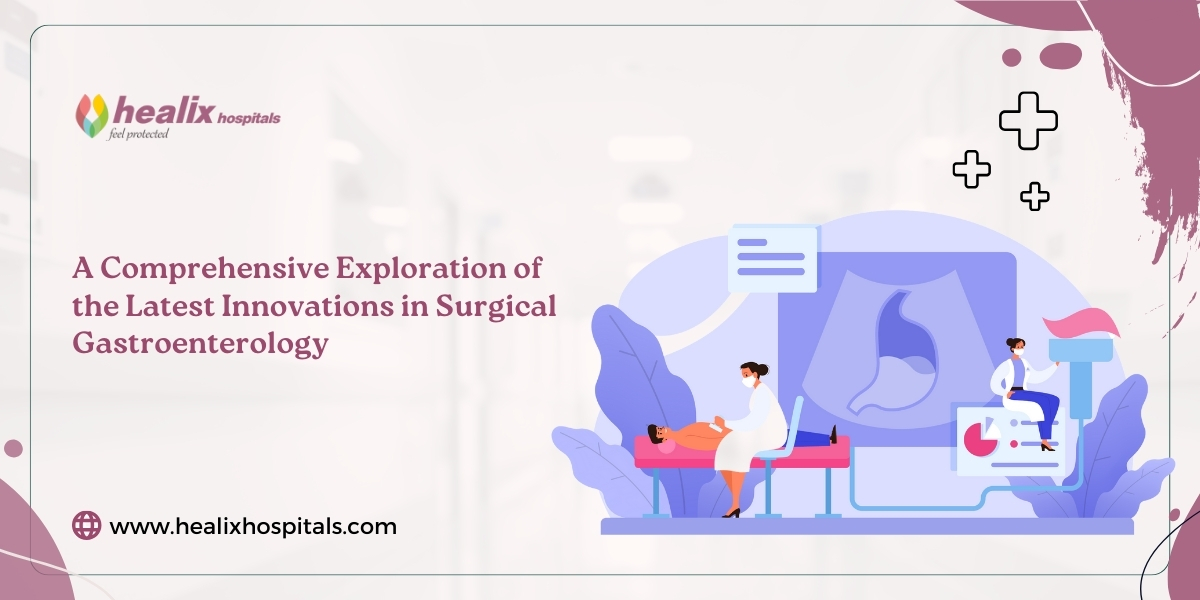
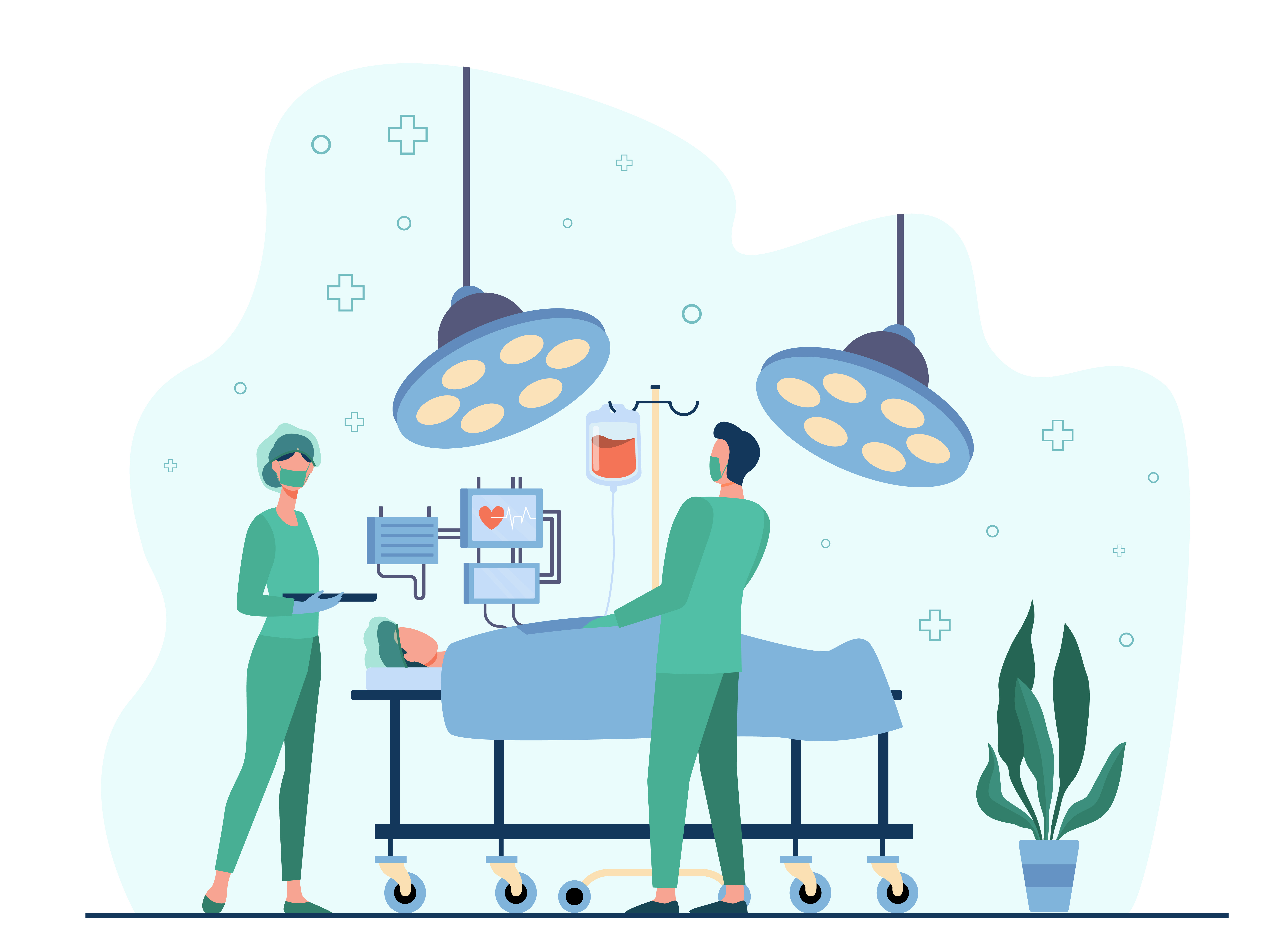






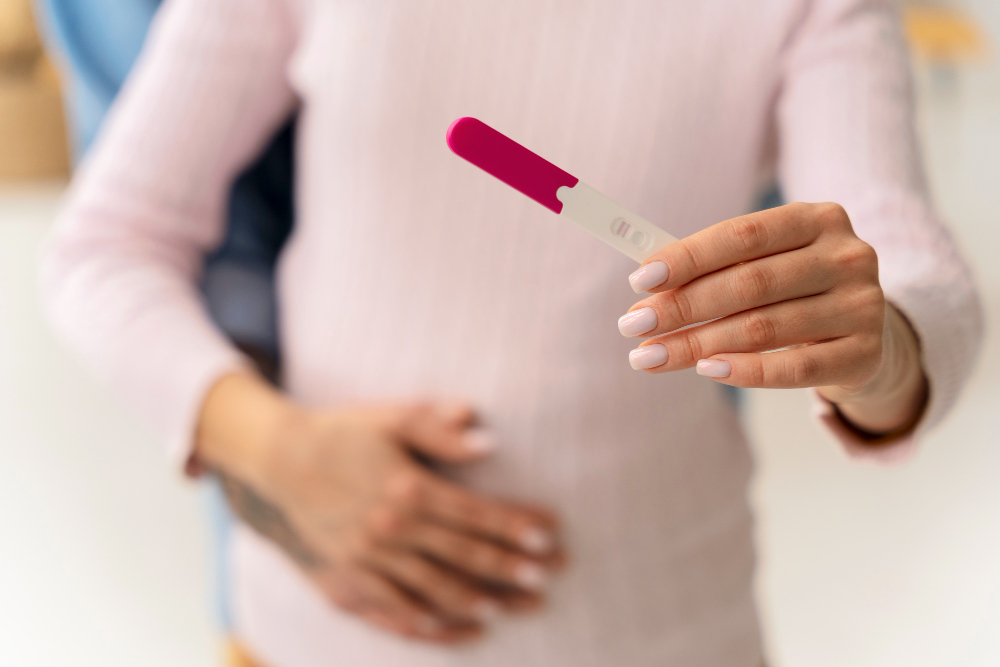

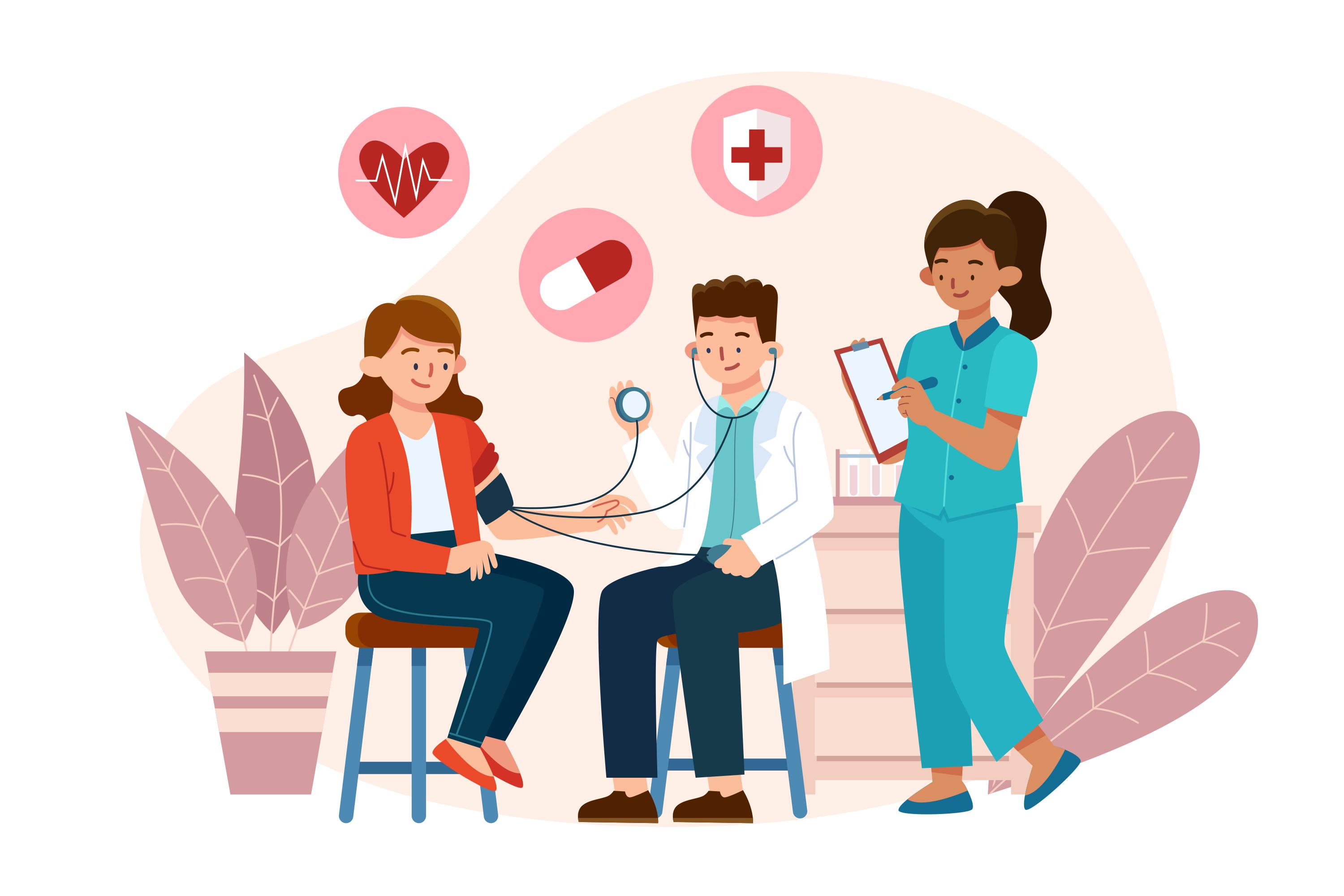


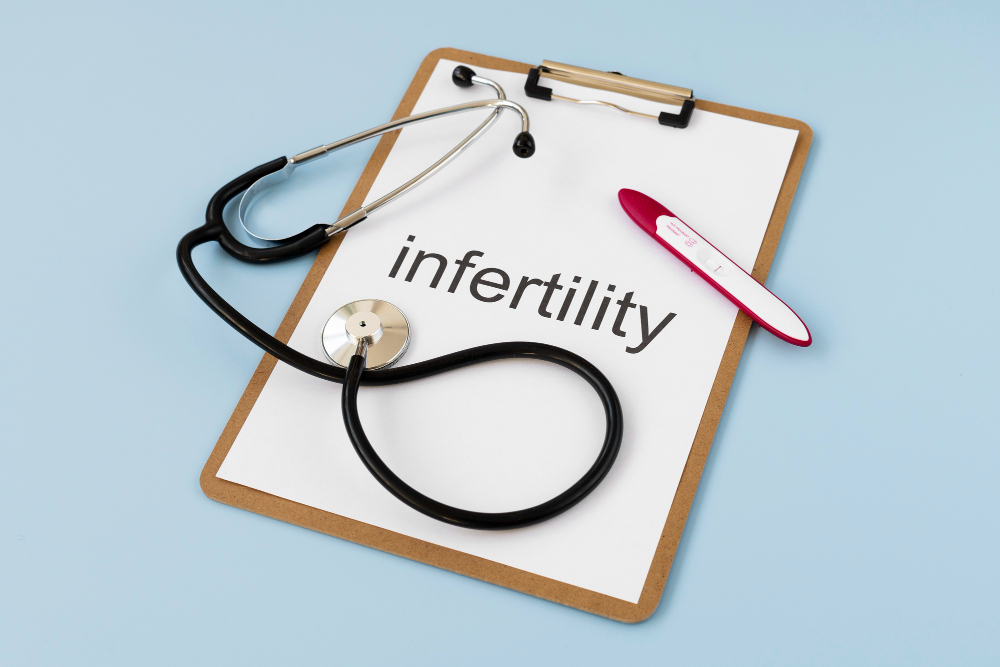
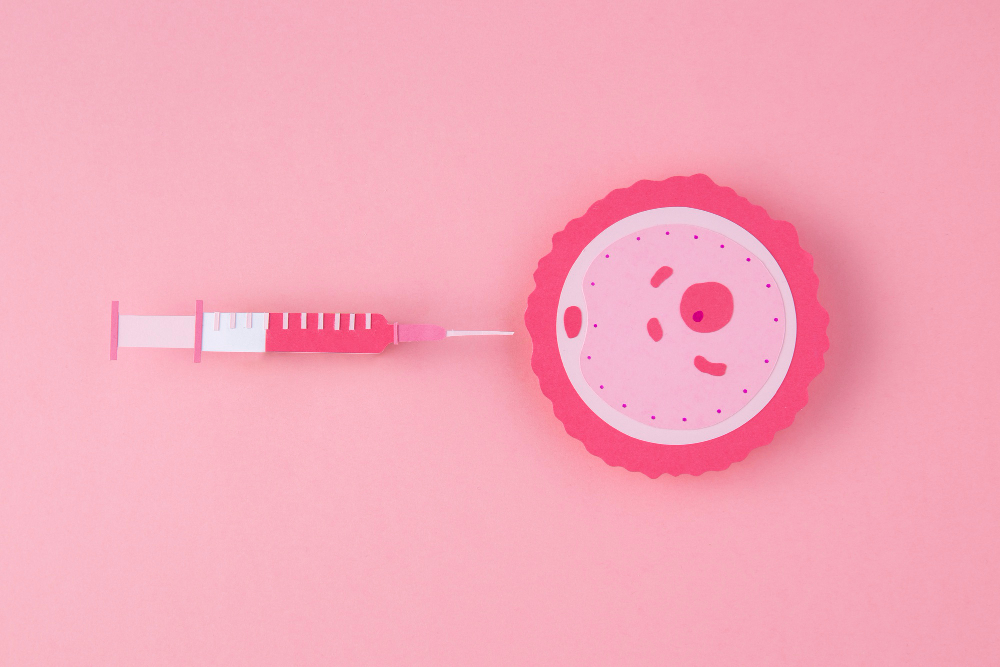
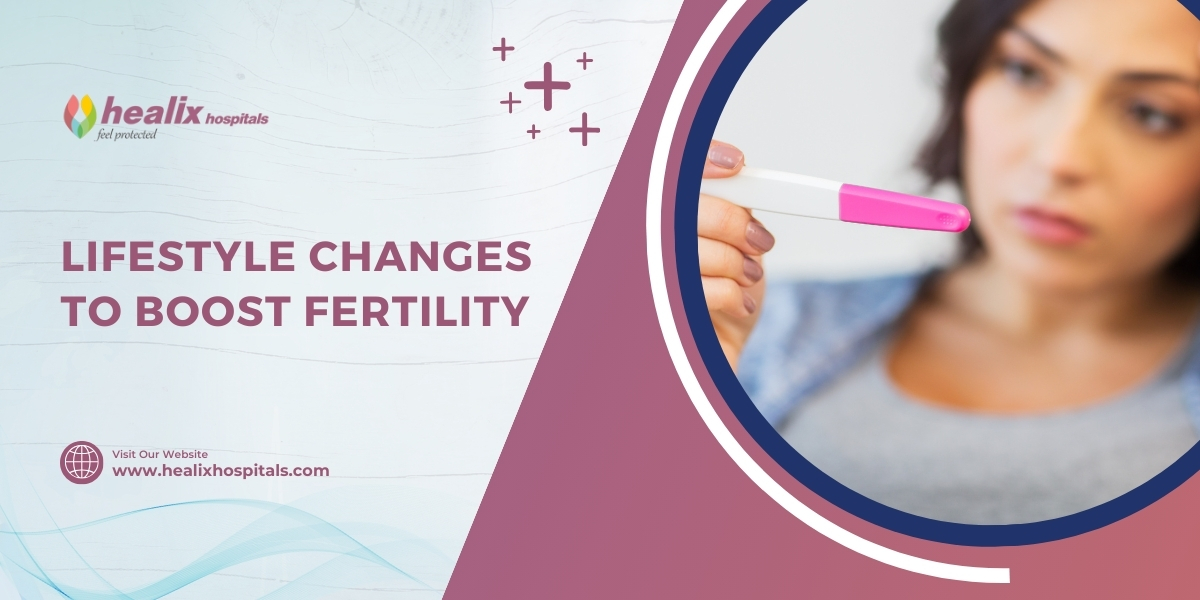


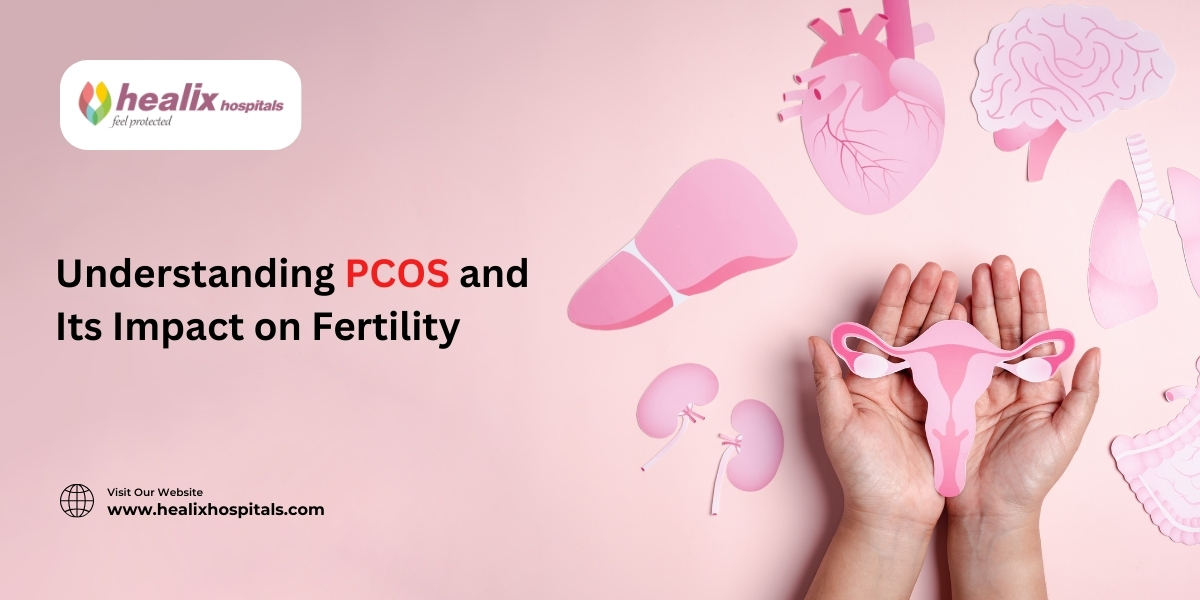

-Healix Hospitals.jpg)
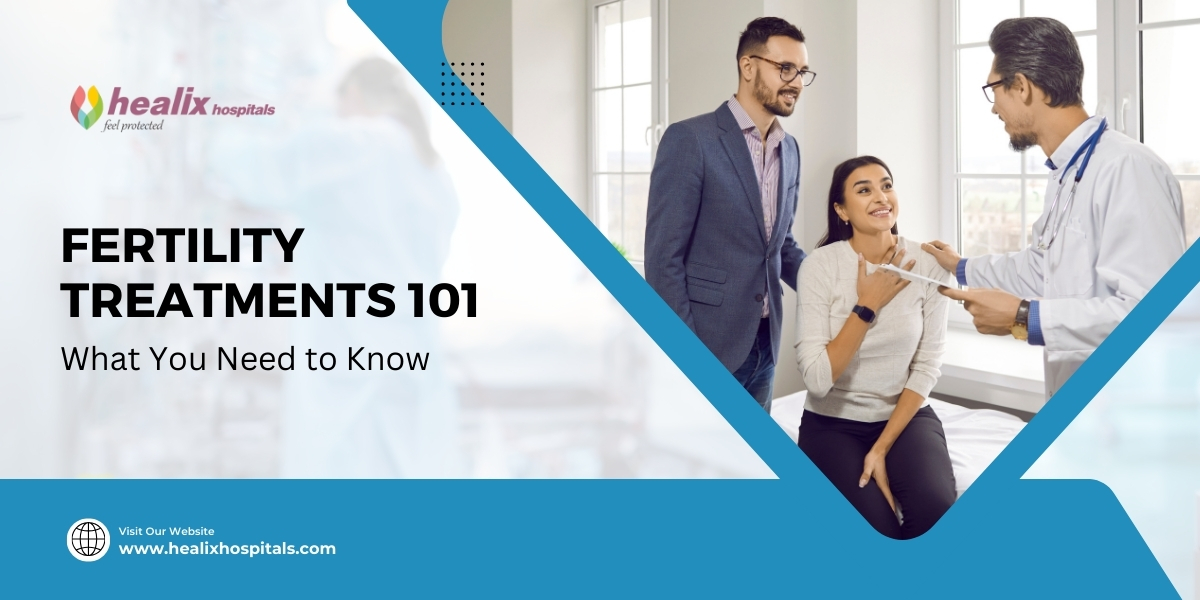

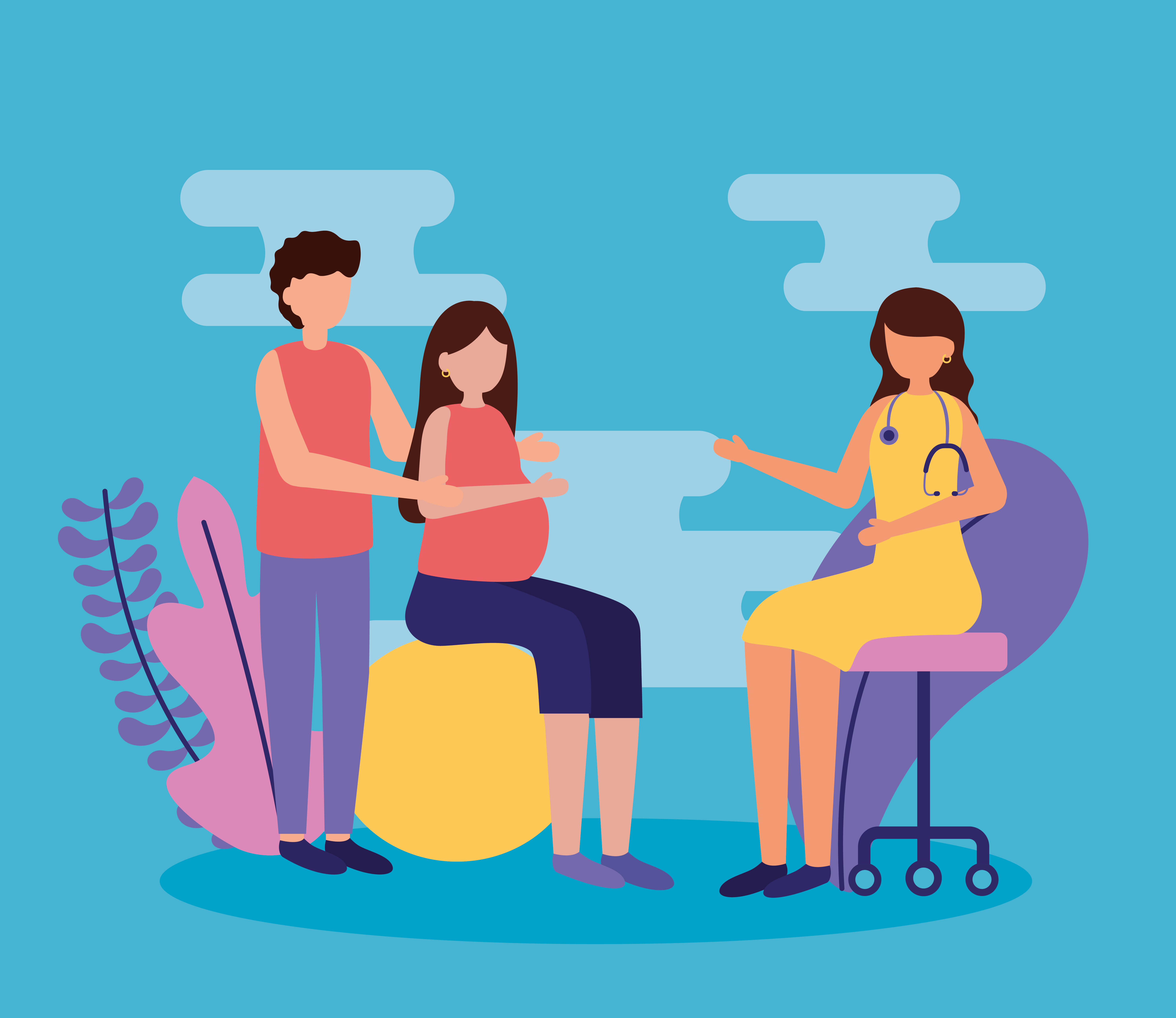
 Is It Right for You.jpg)
- Healix Hospitals.jpg)


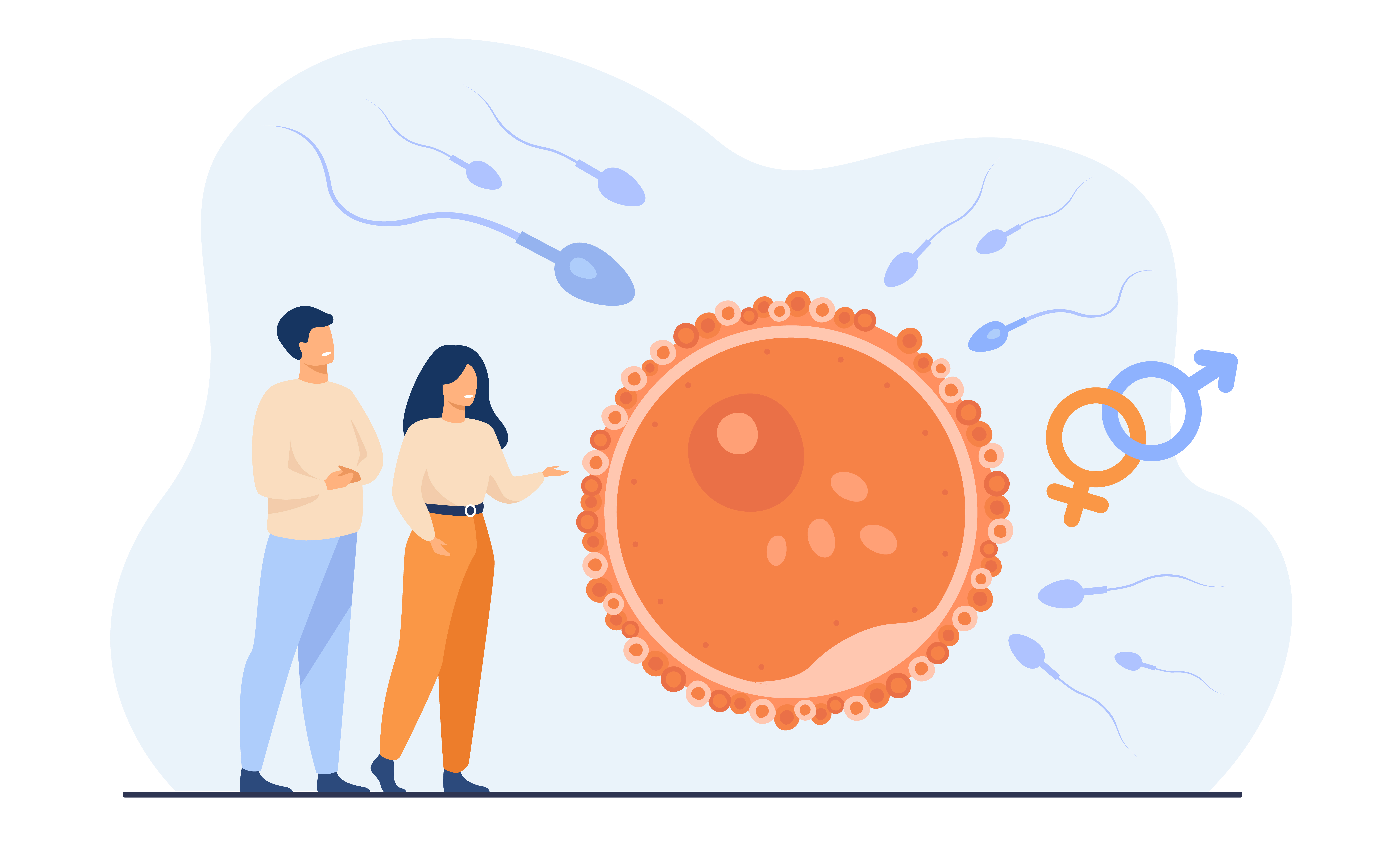
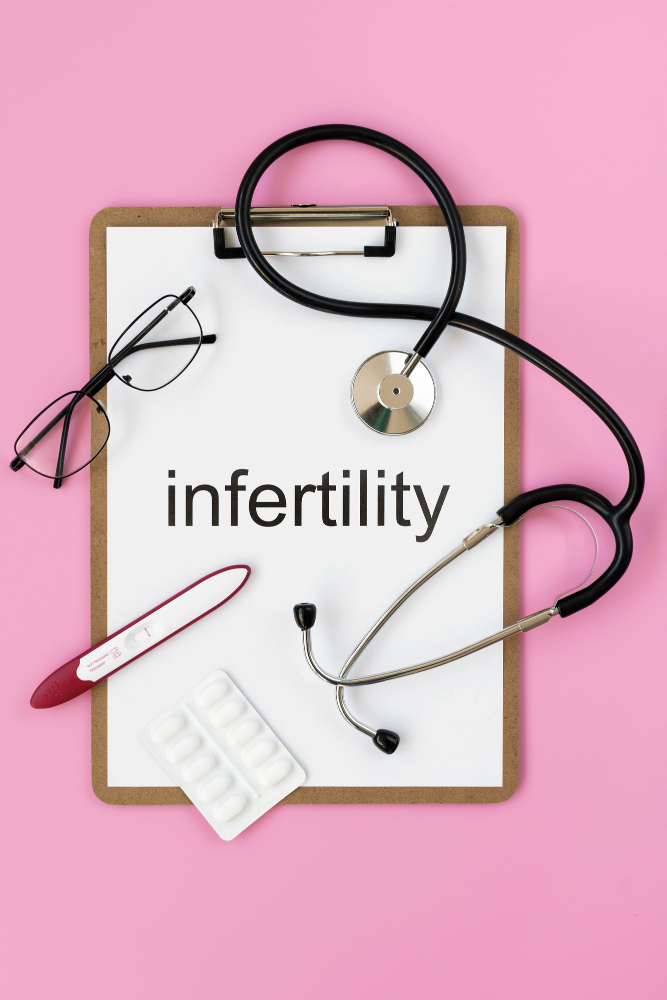
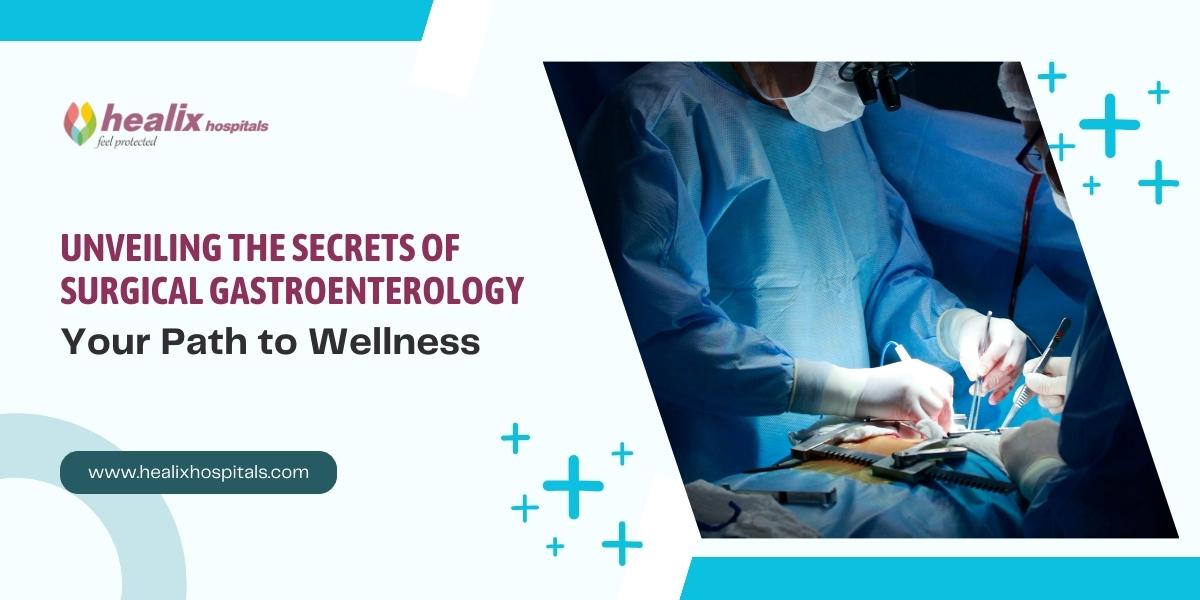
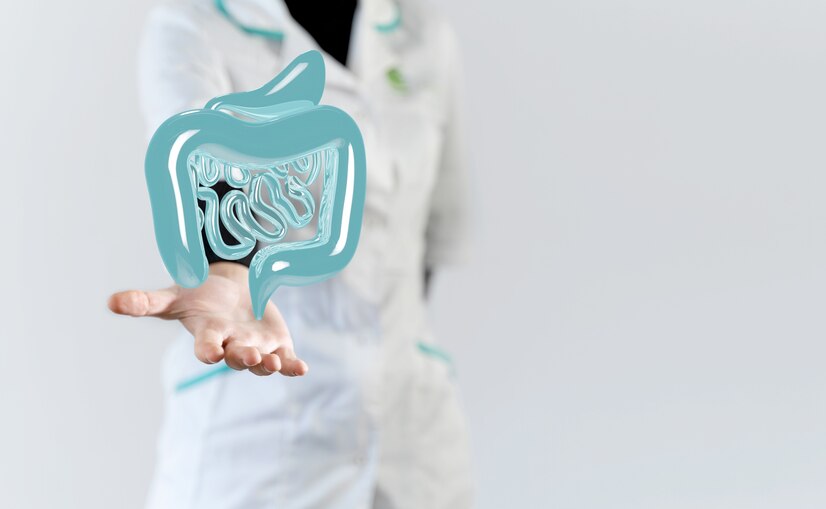
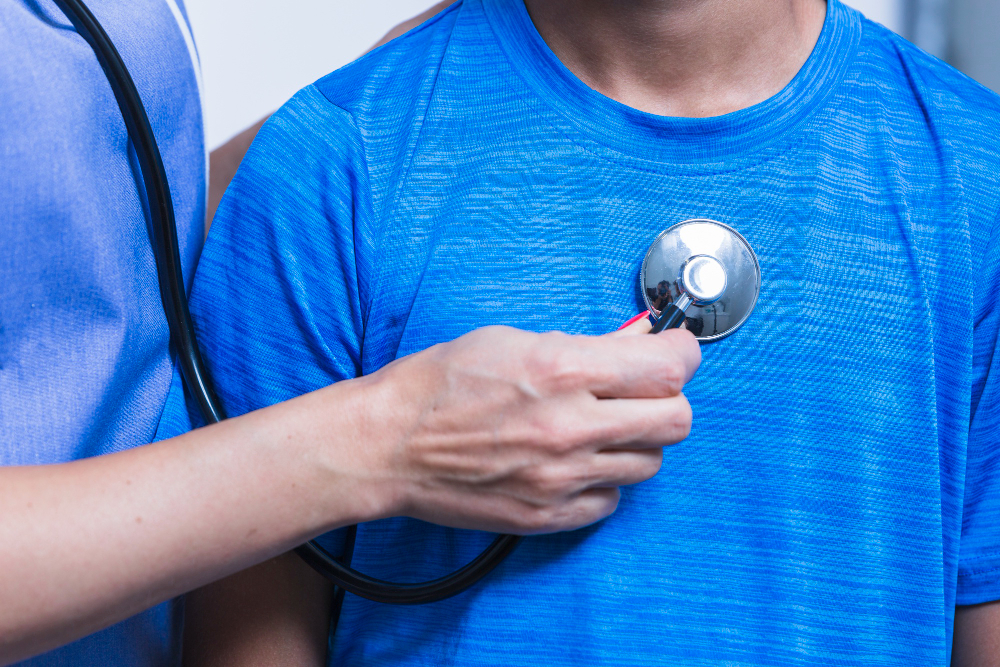



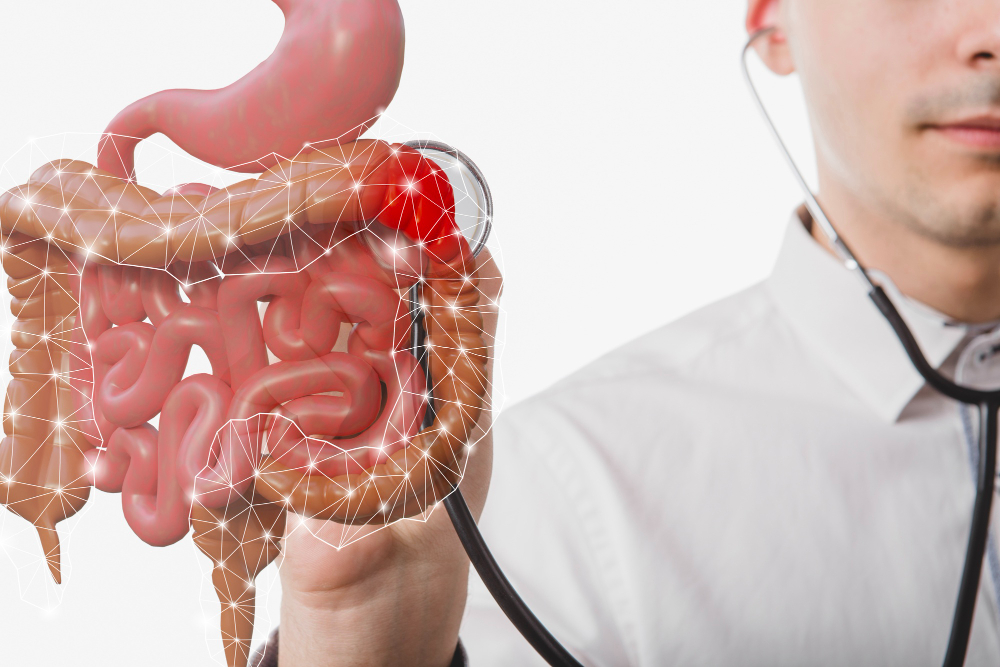
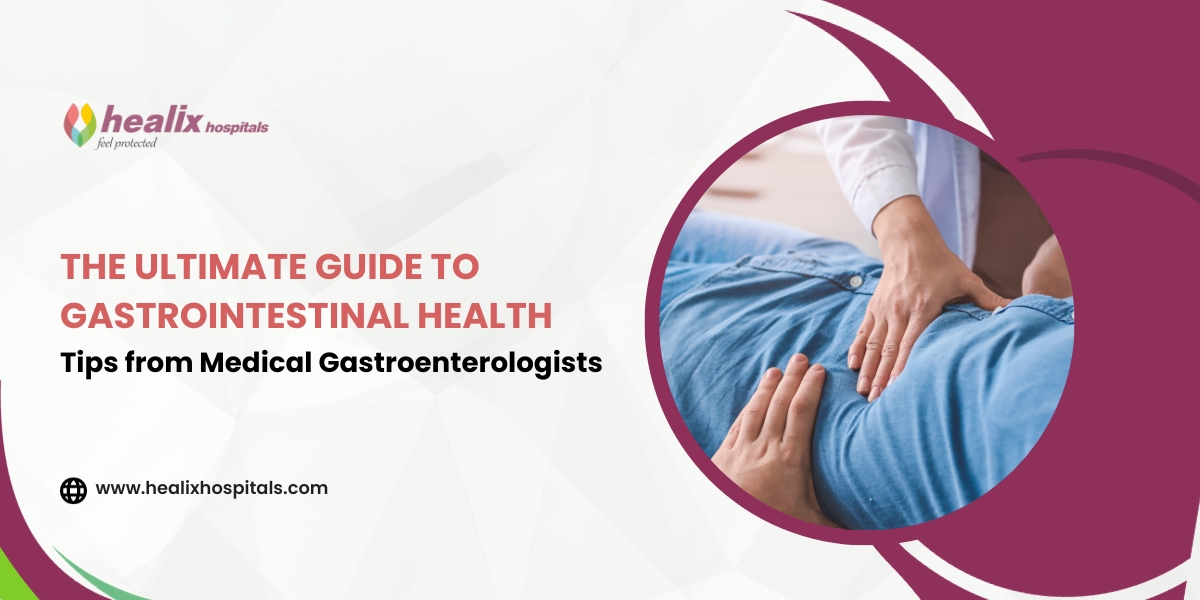







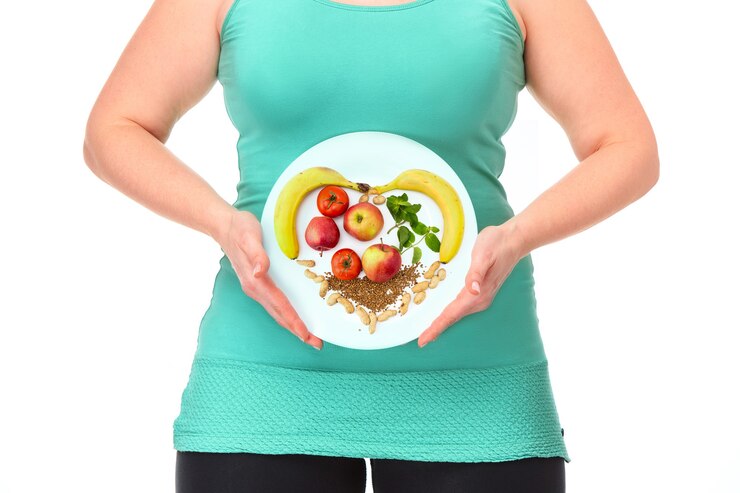


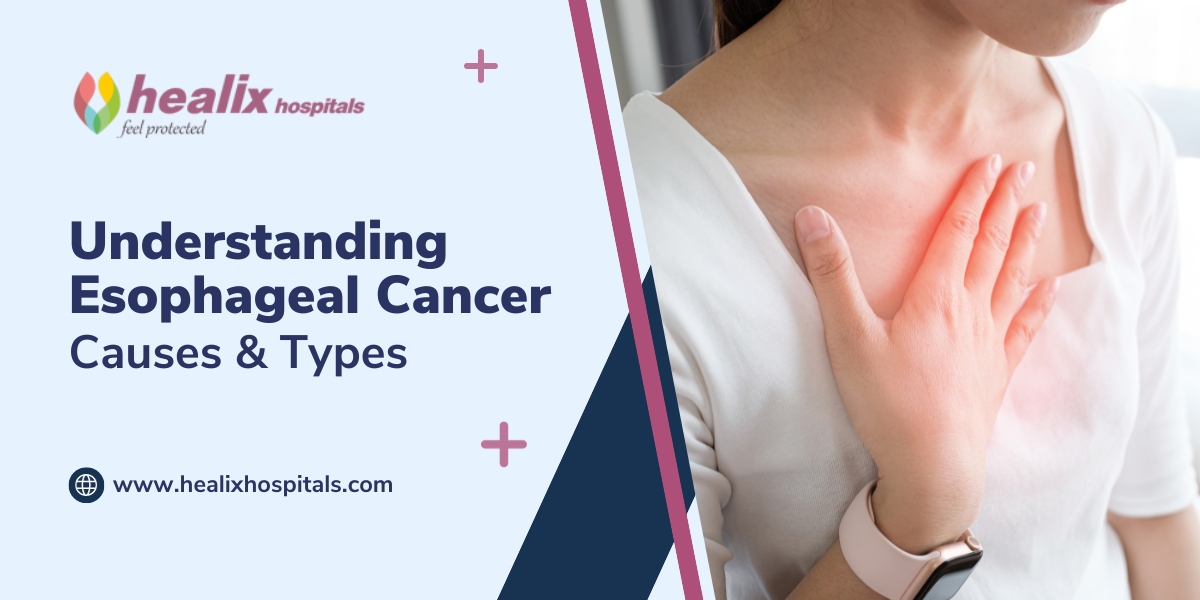

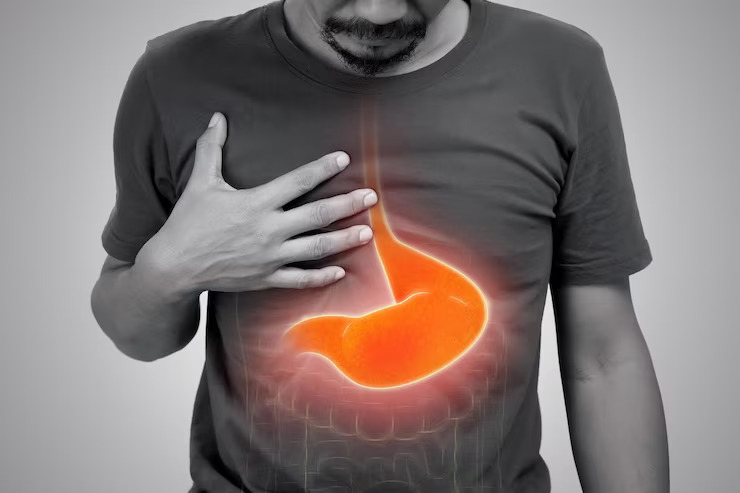
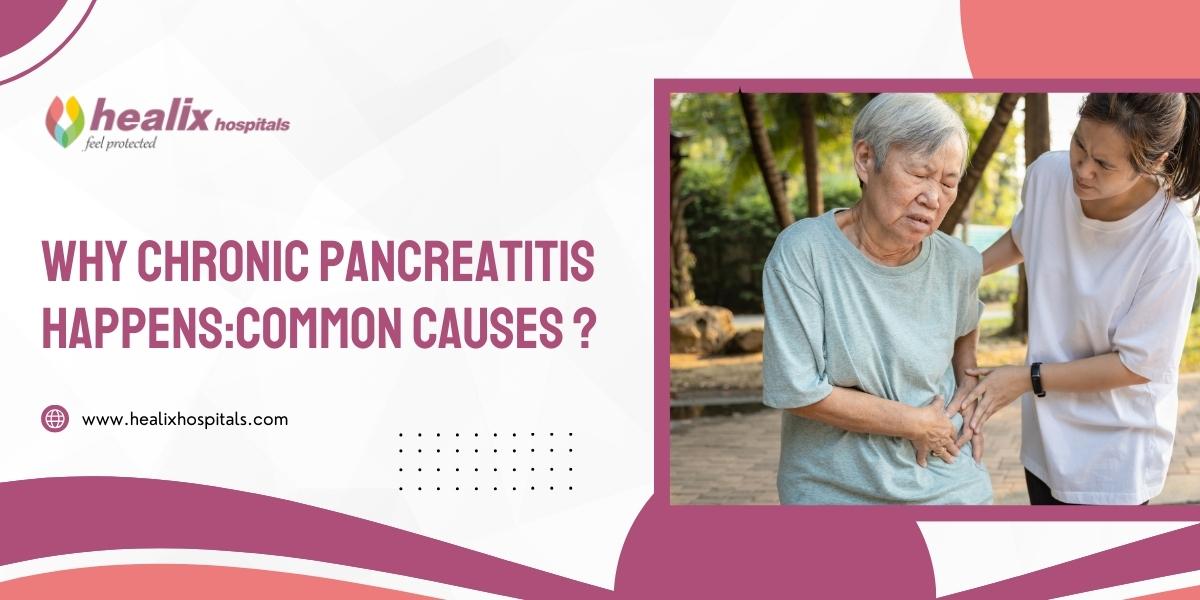


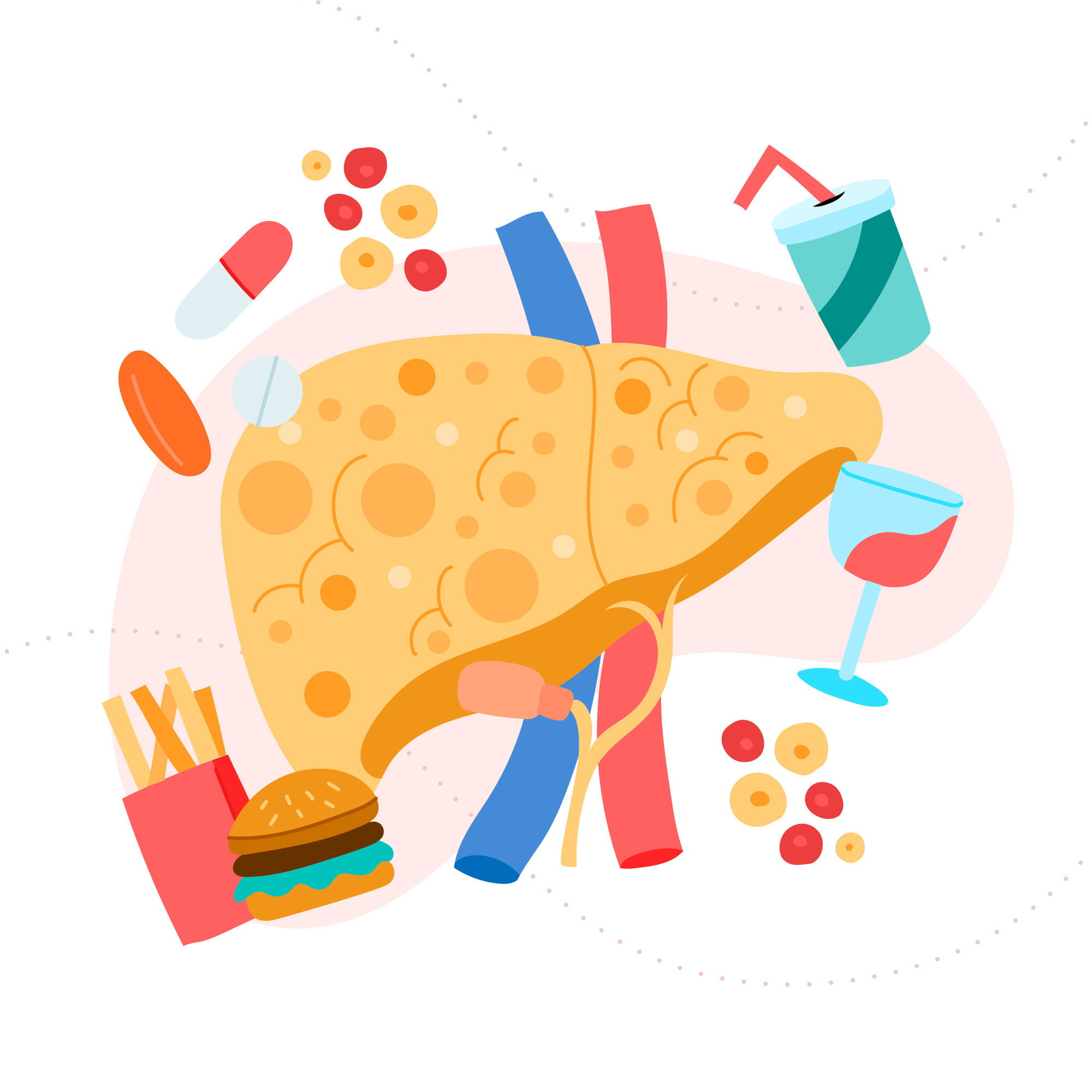

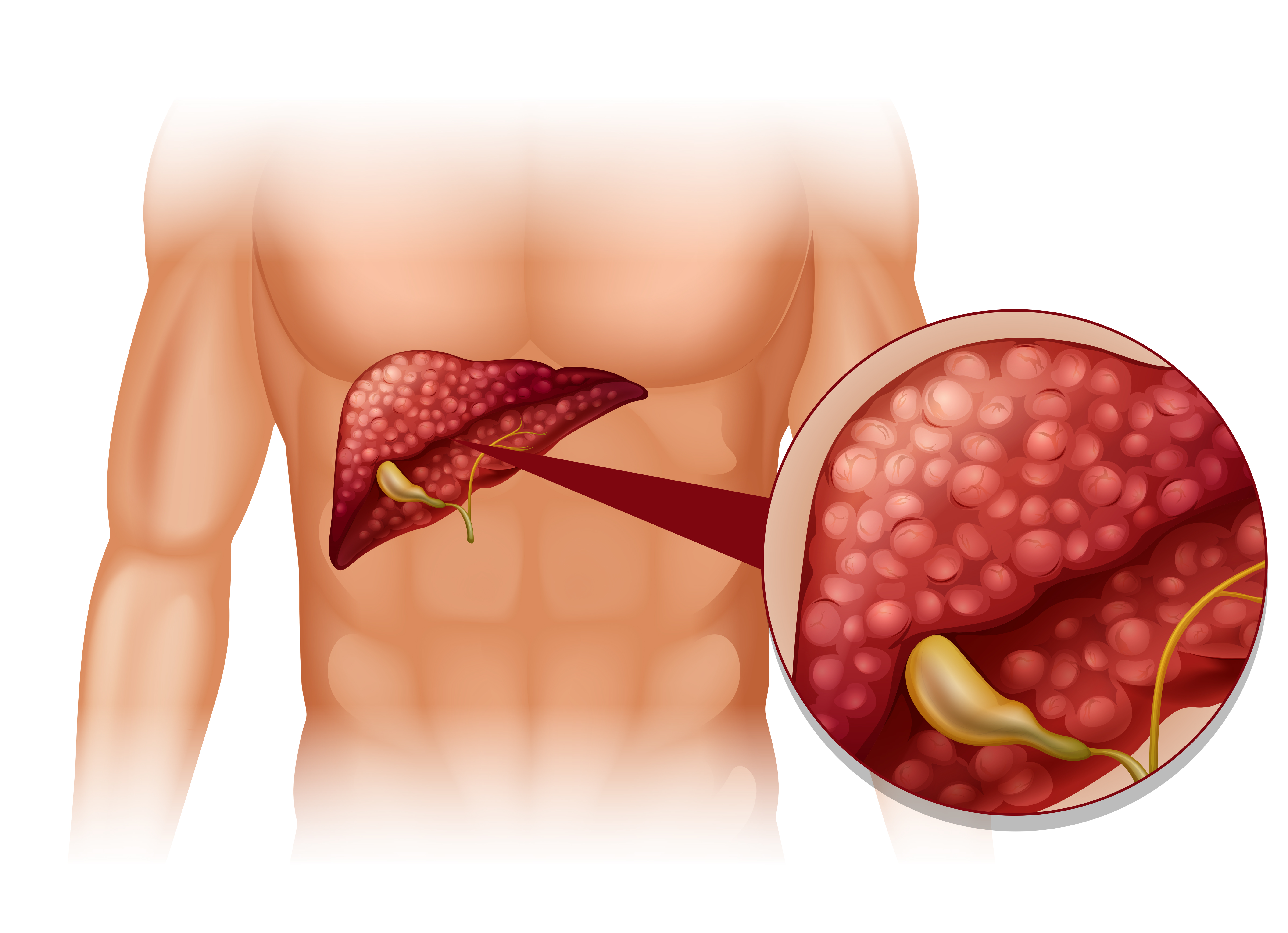



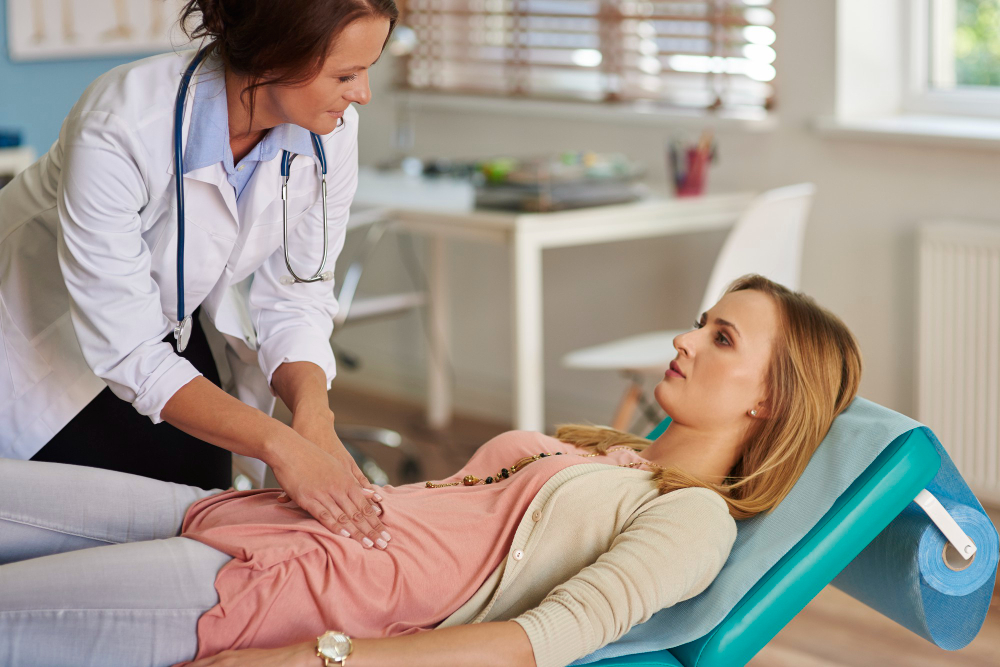
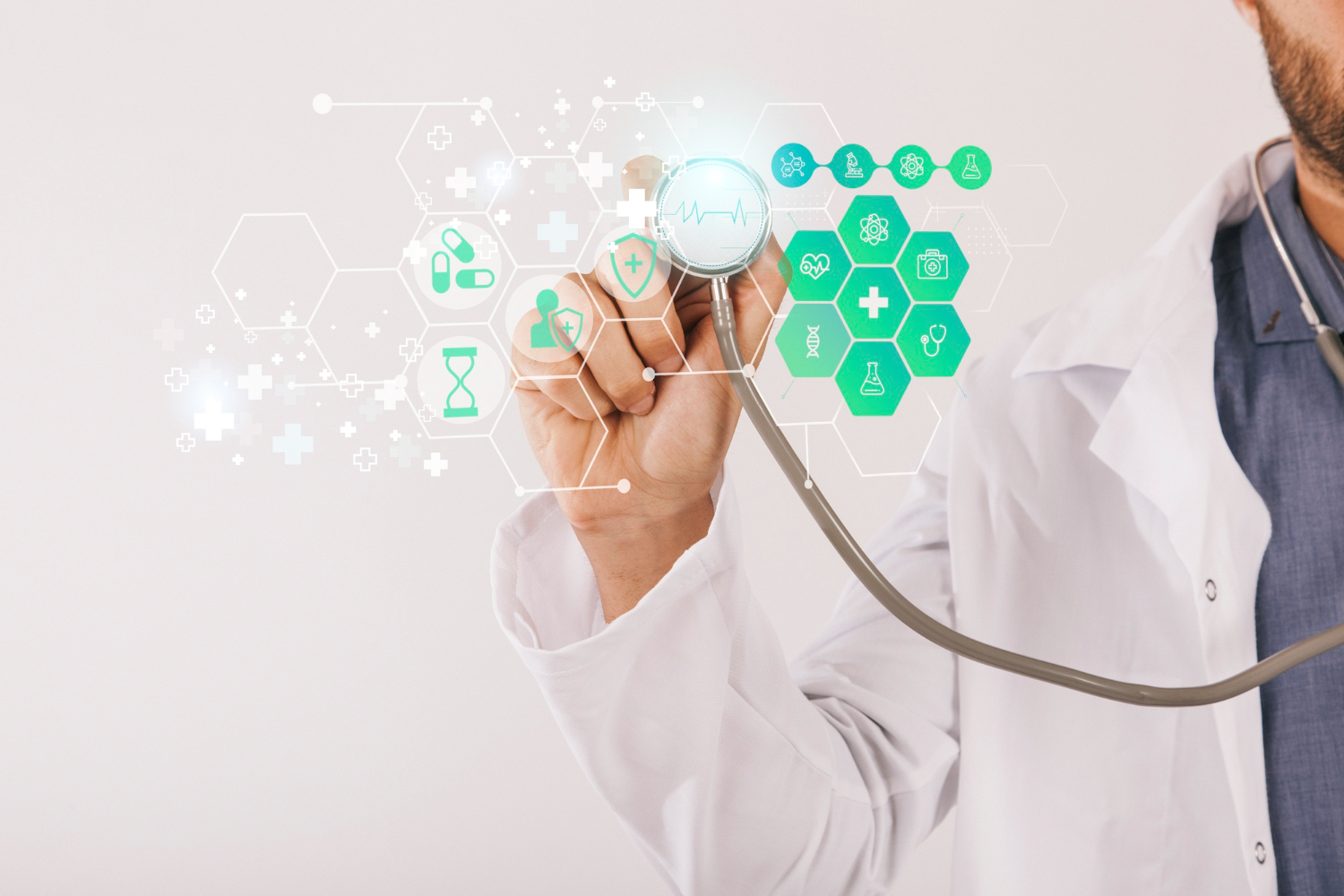

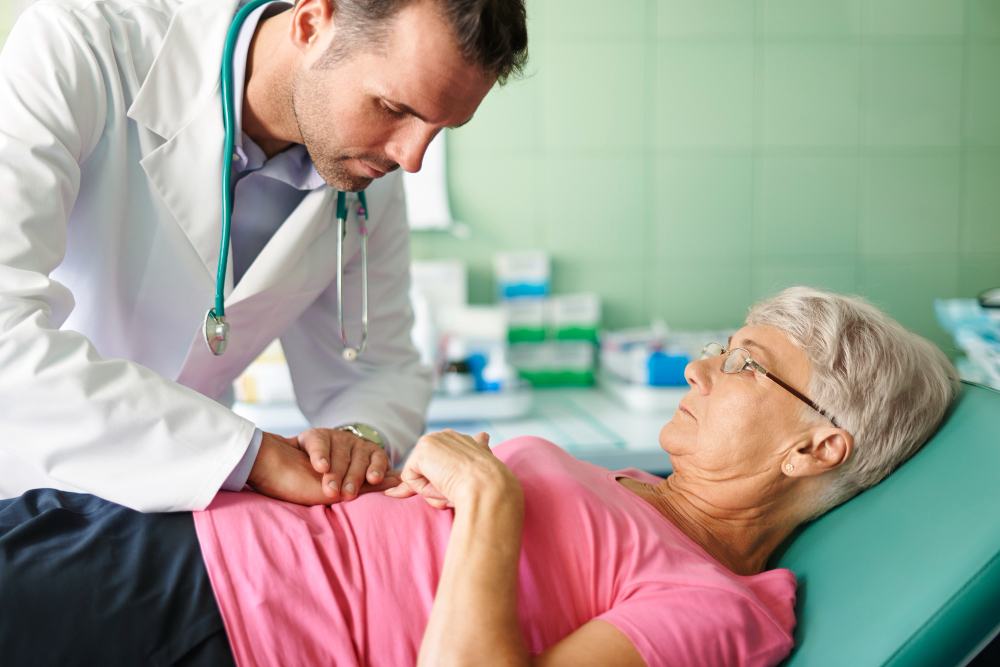
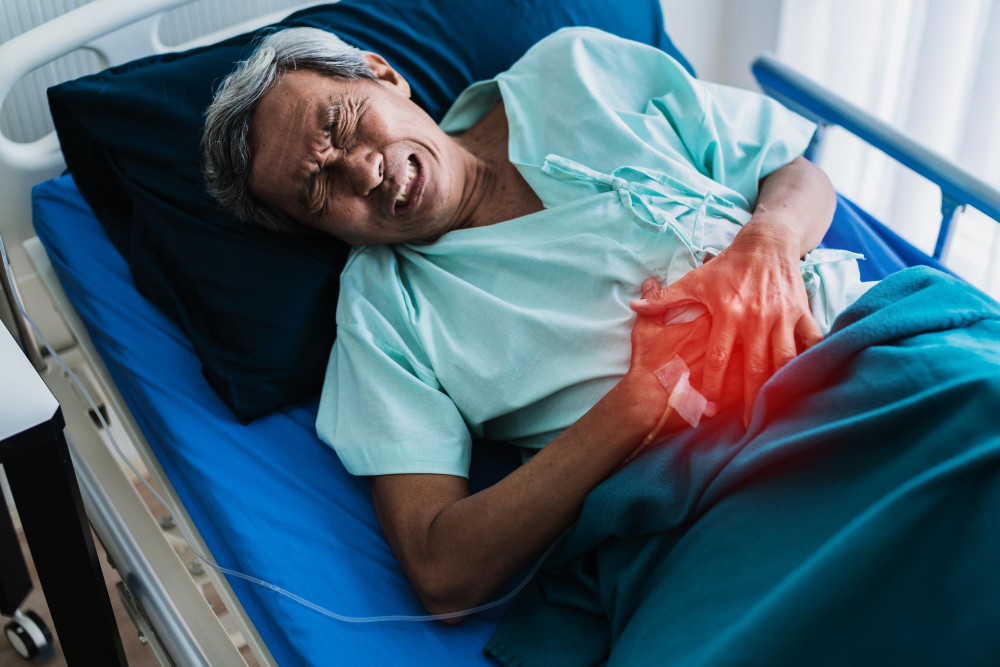


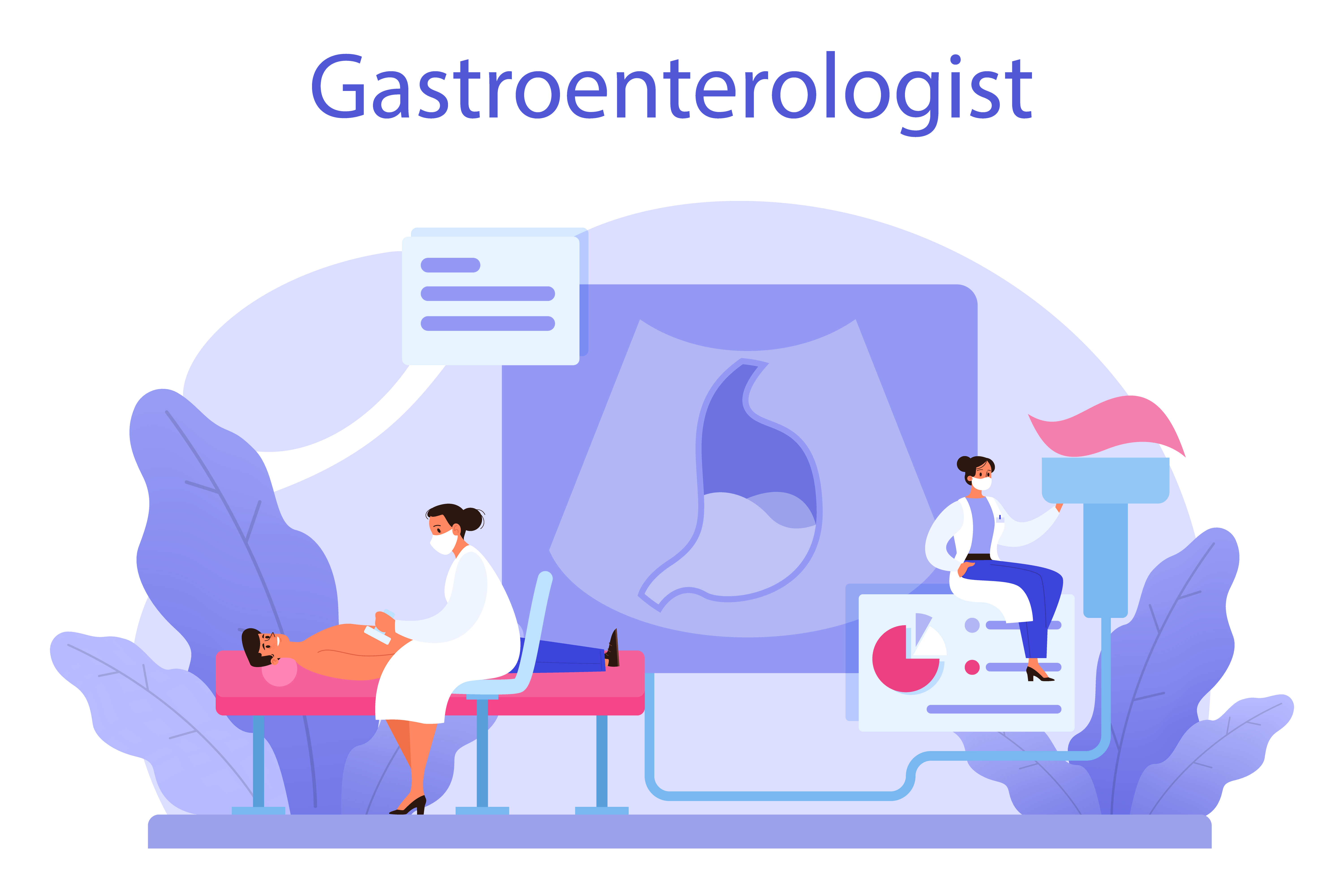

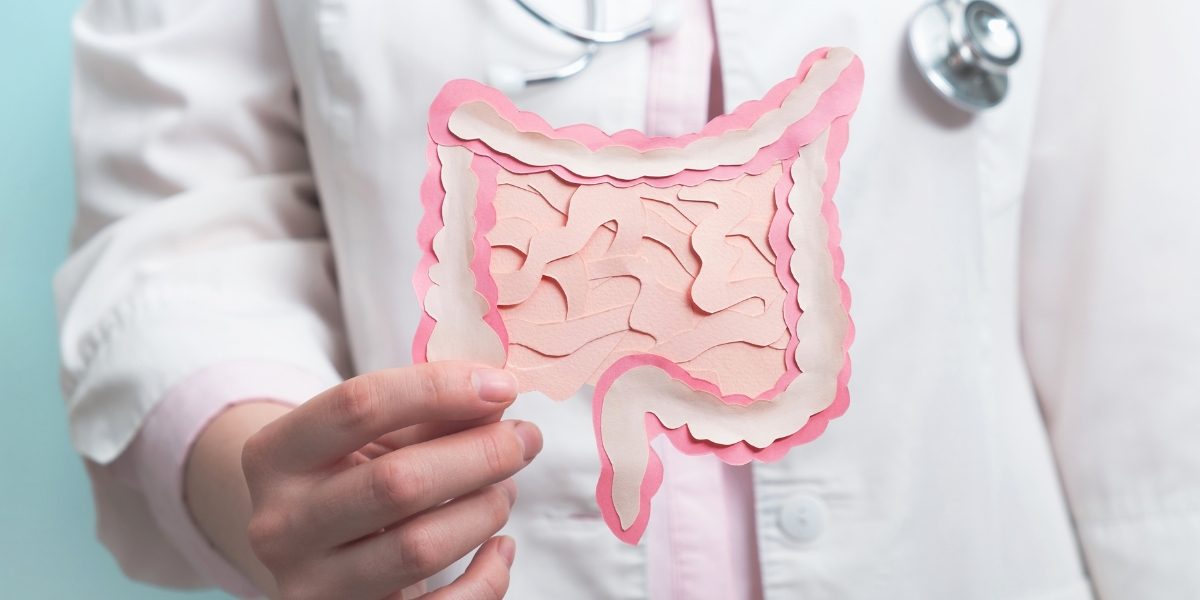
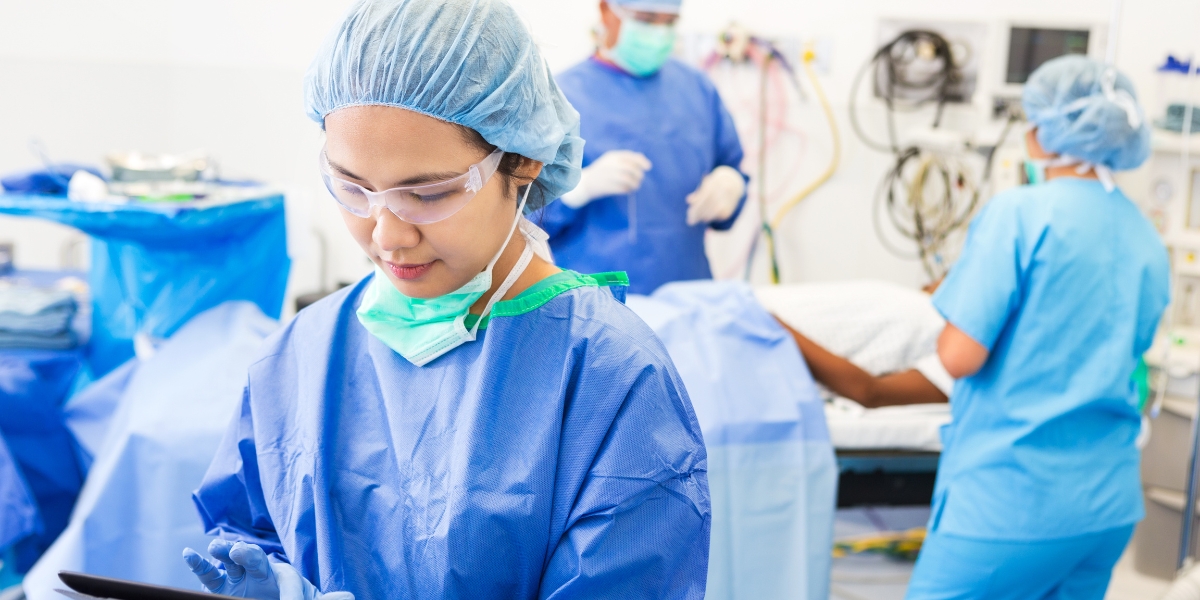
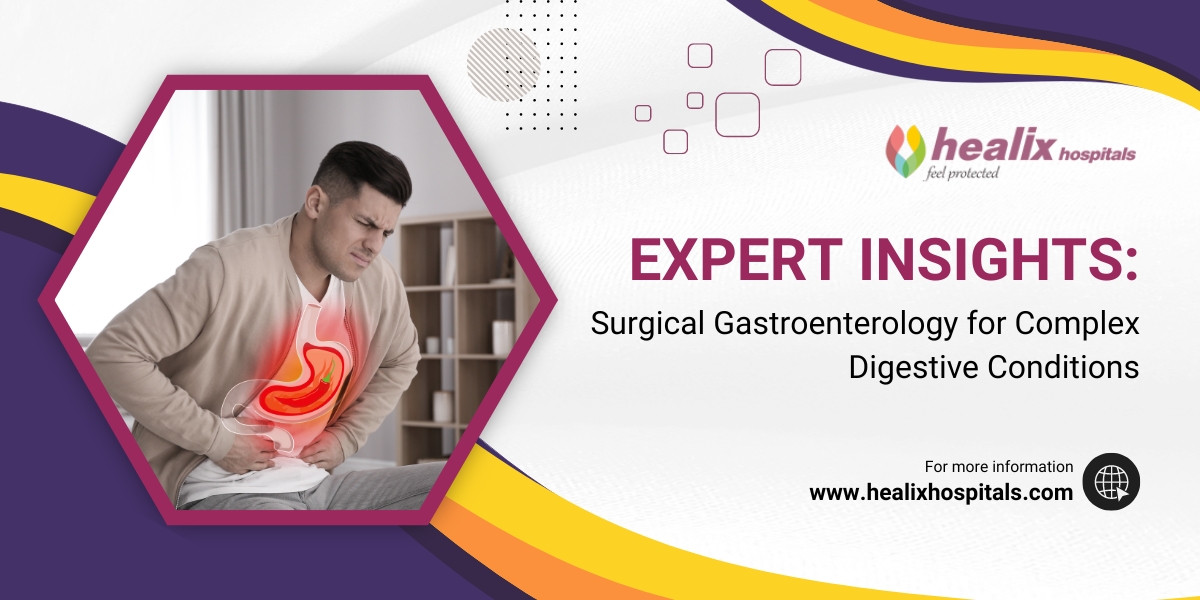



.jpg)



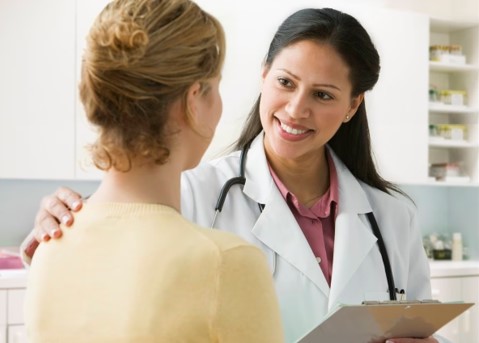
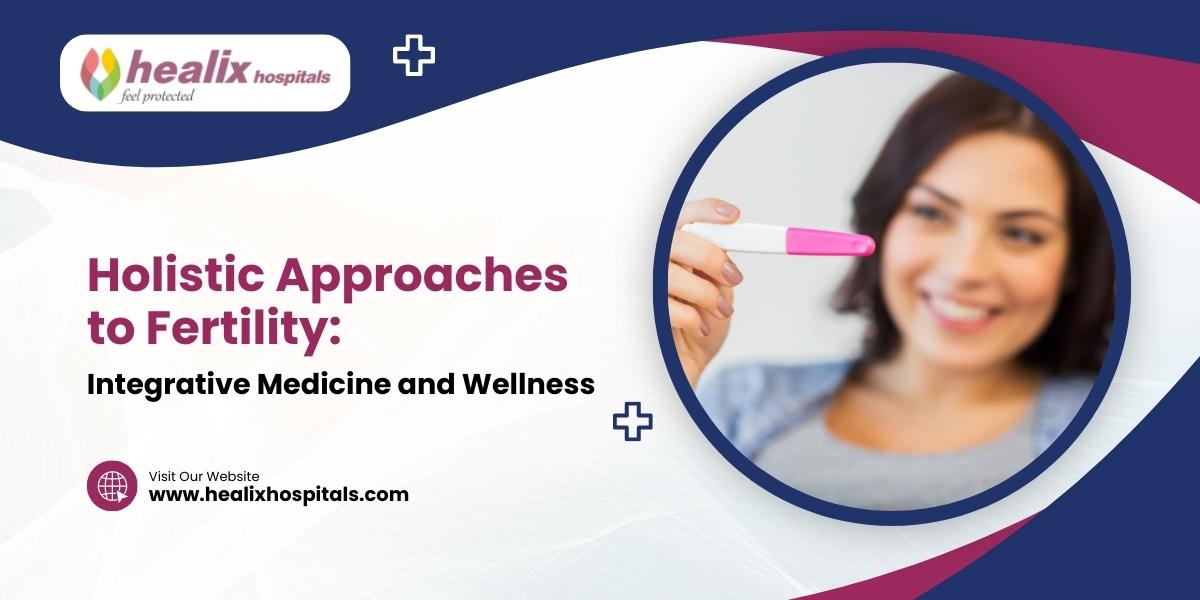



.jpg)



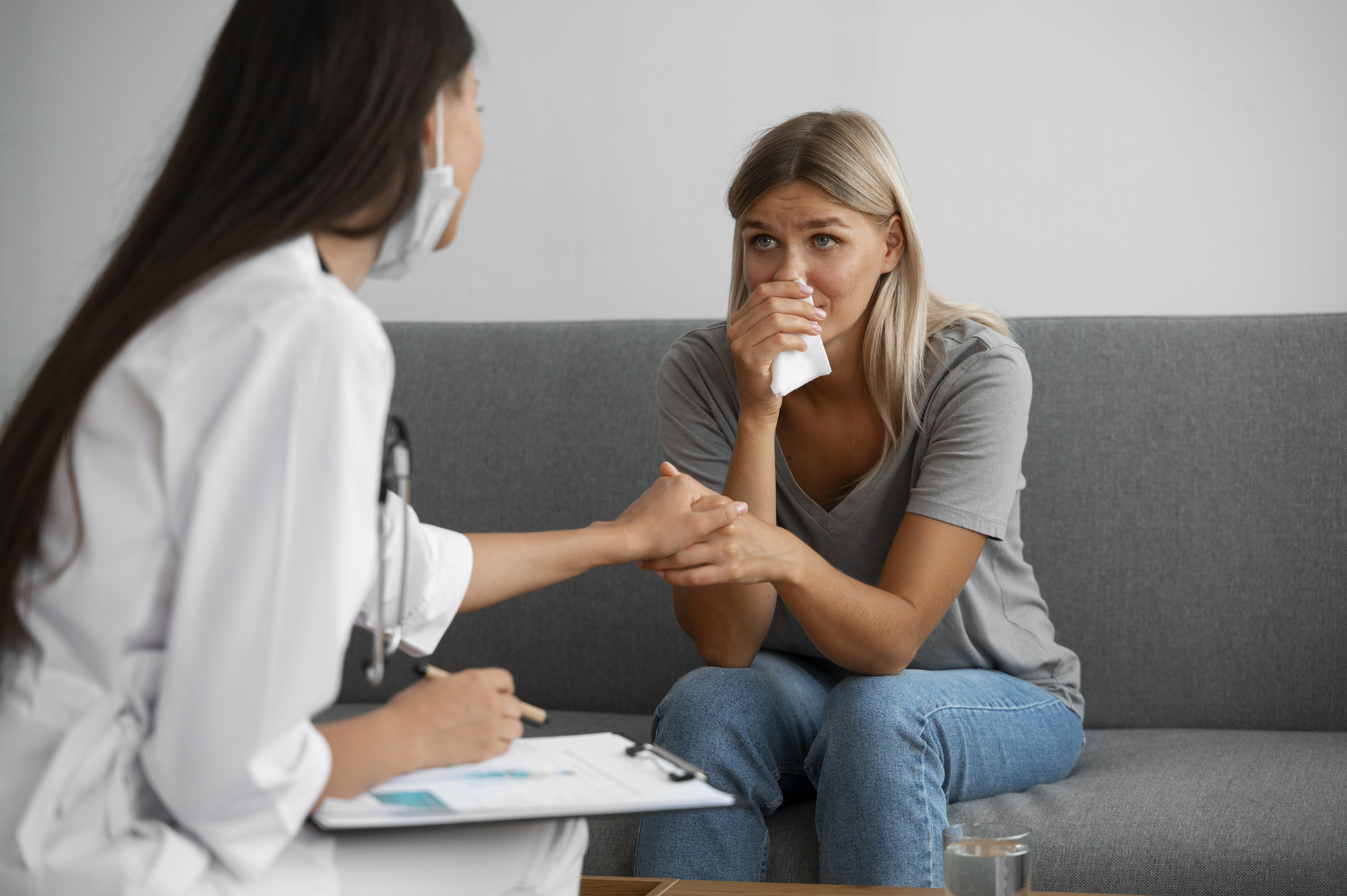




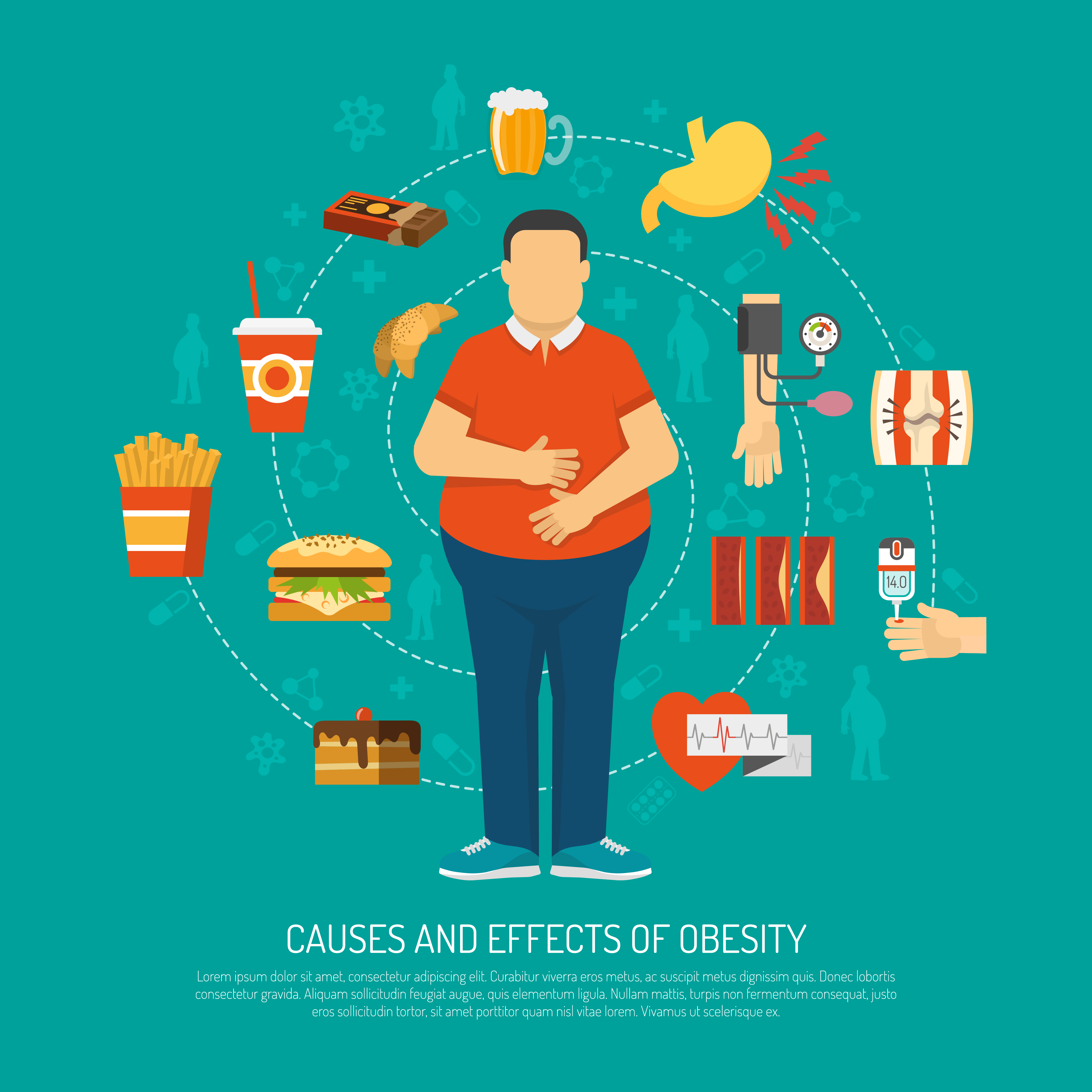





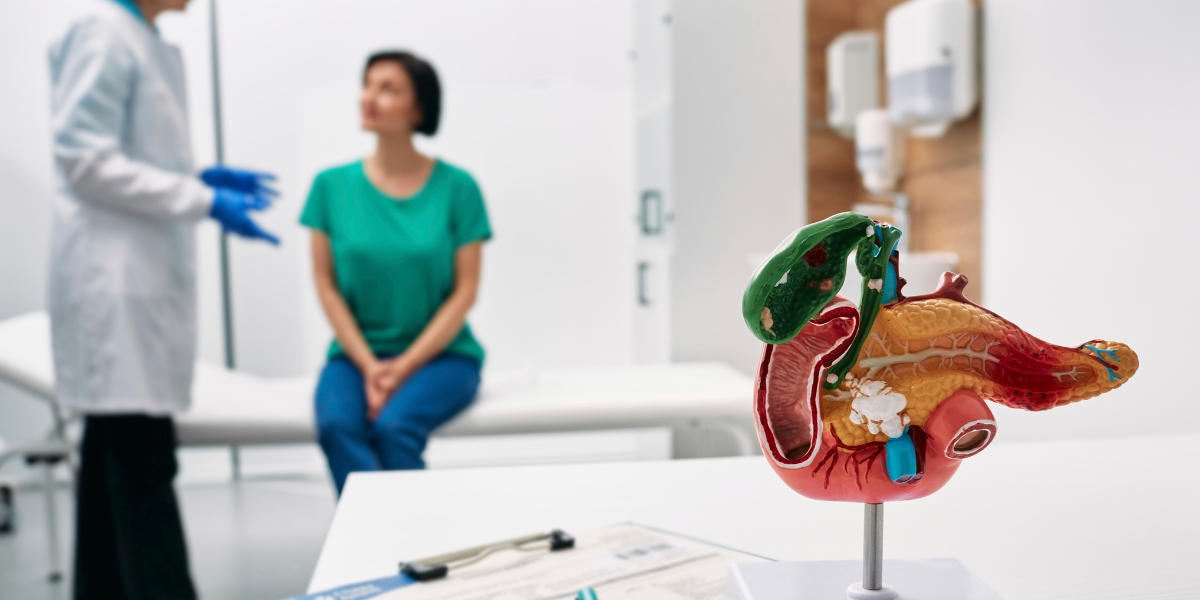


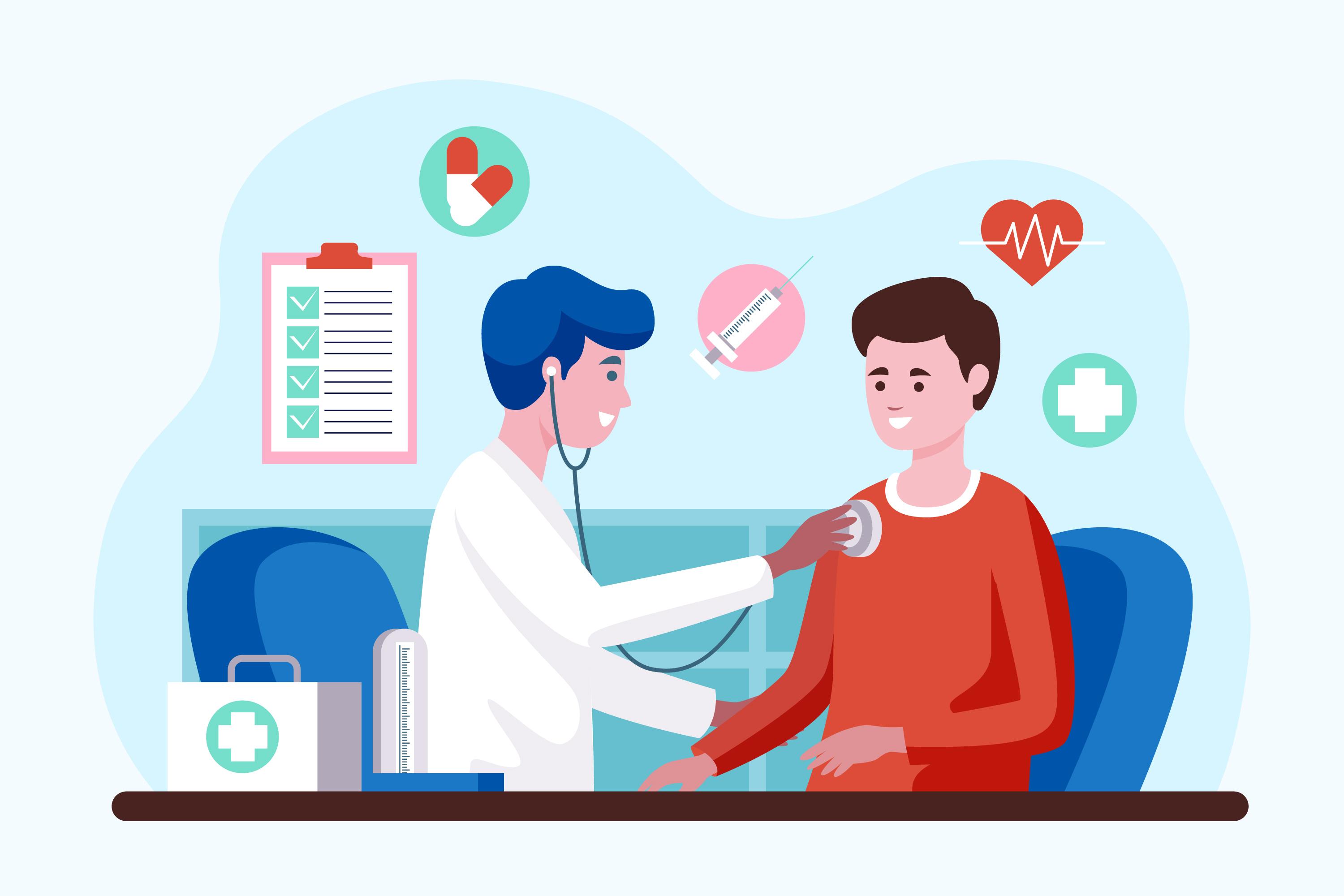
.jpg)


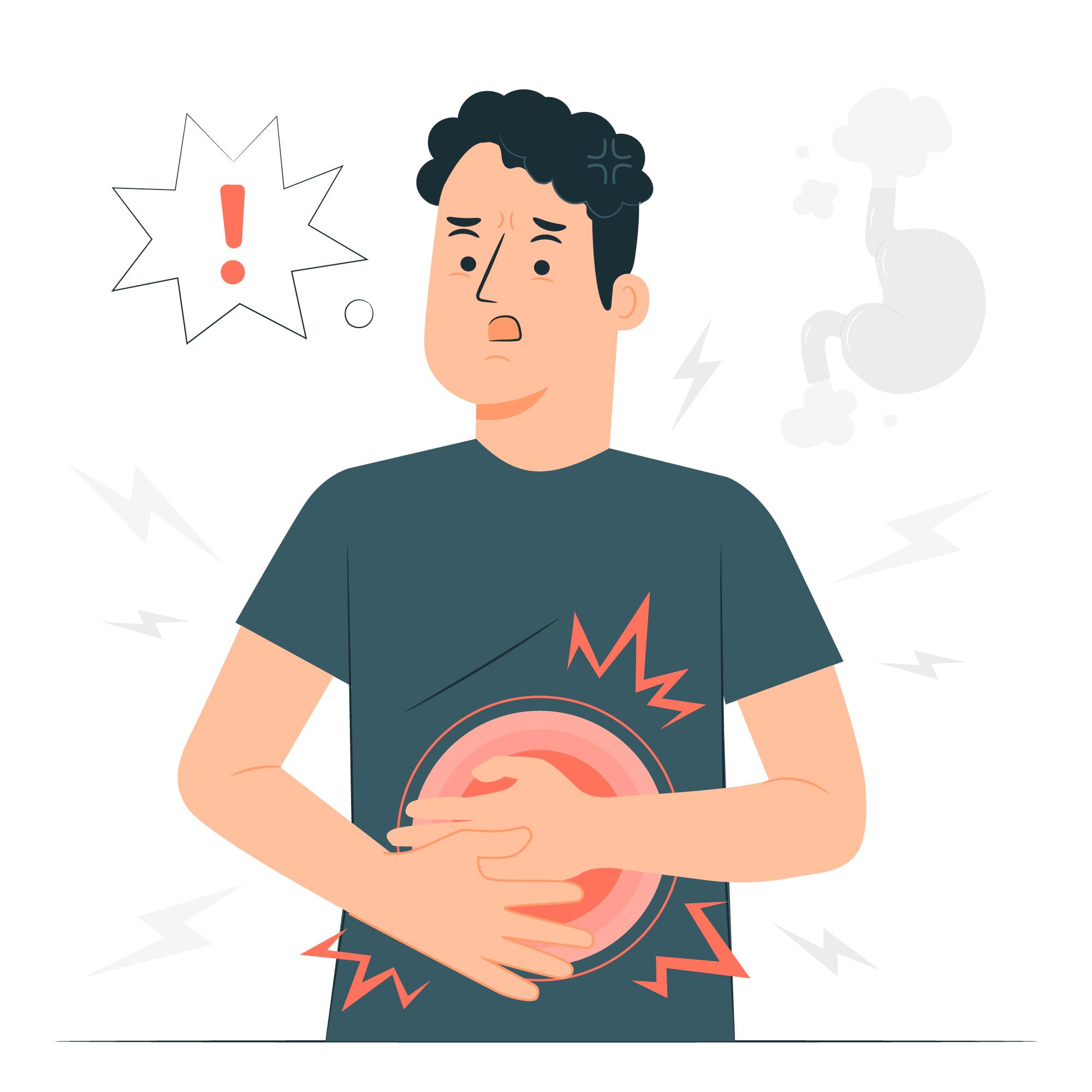
















.jpg)











